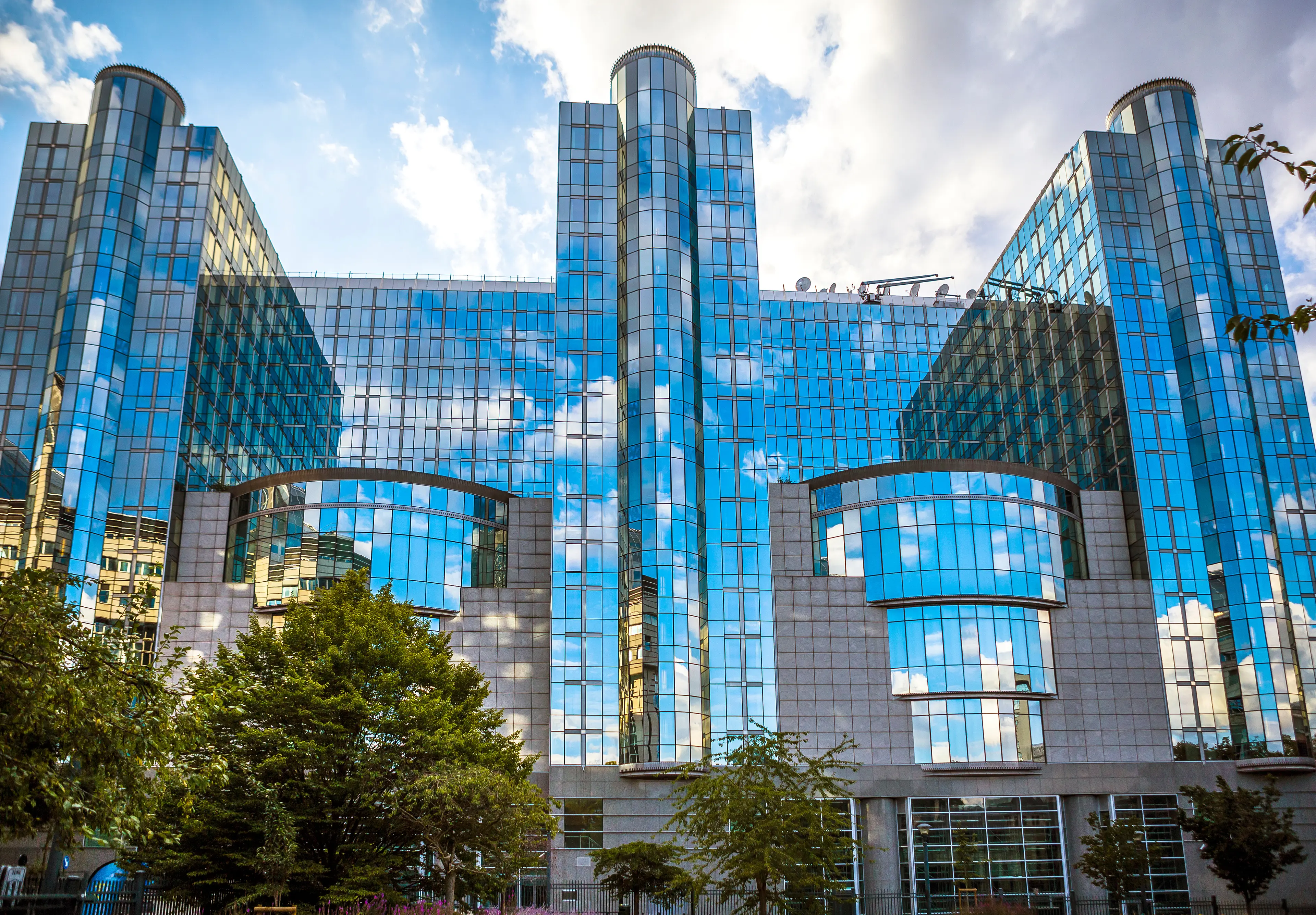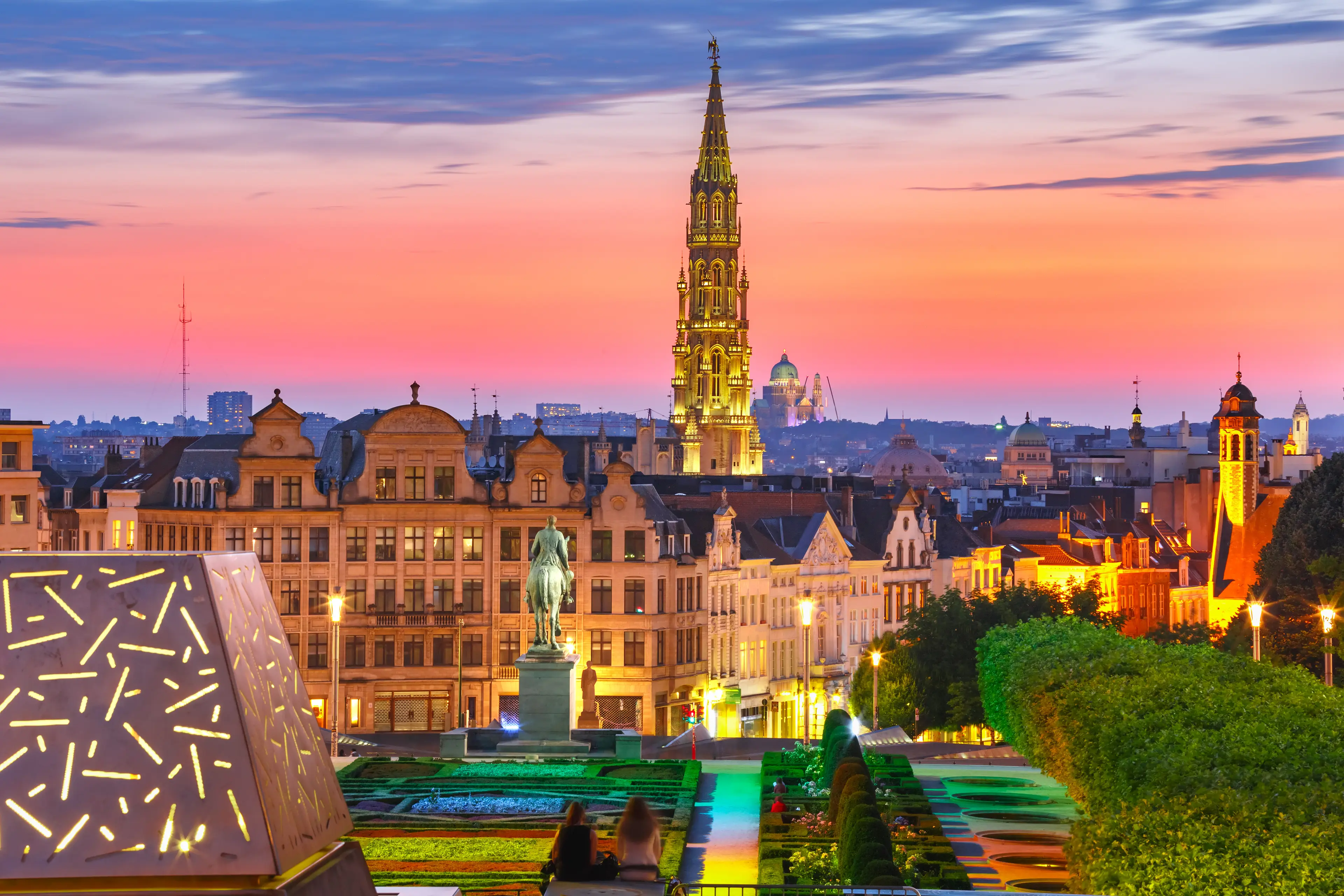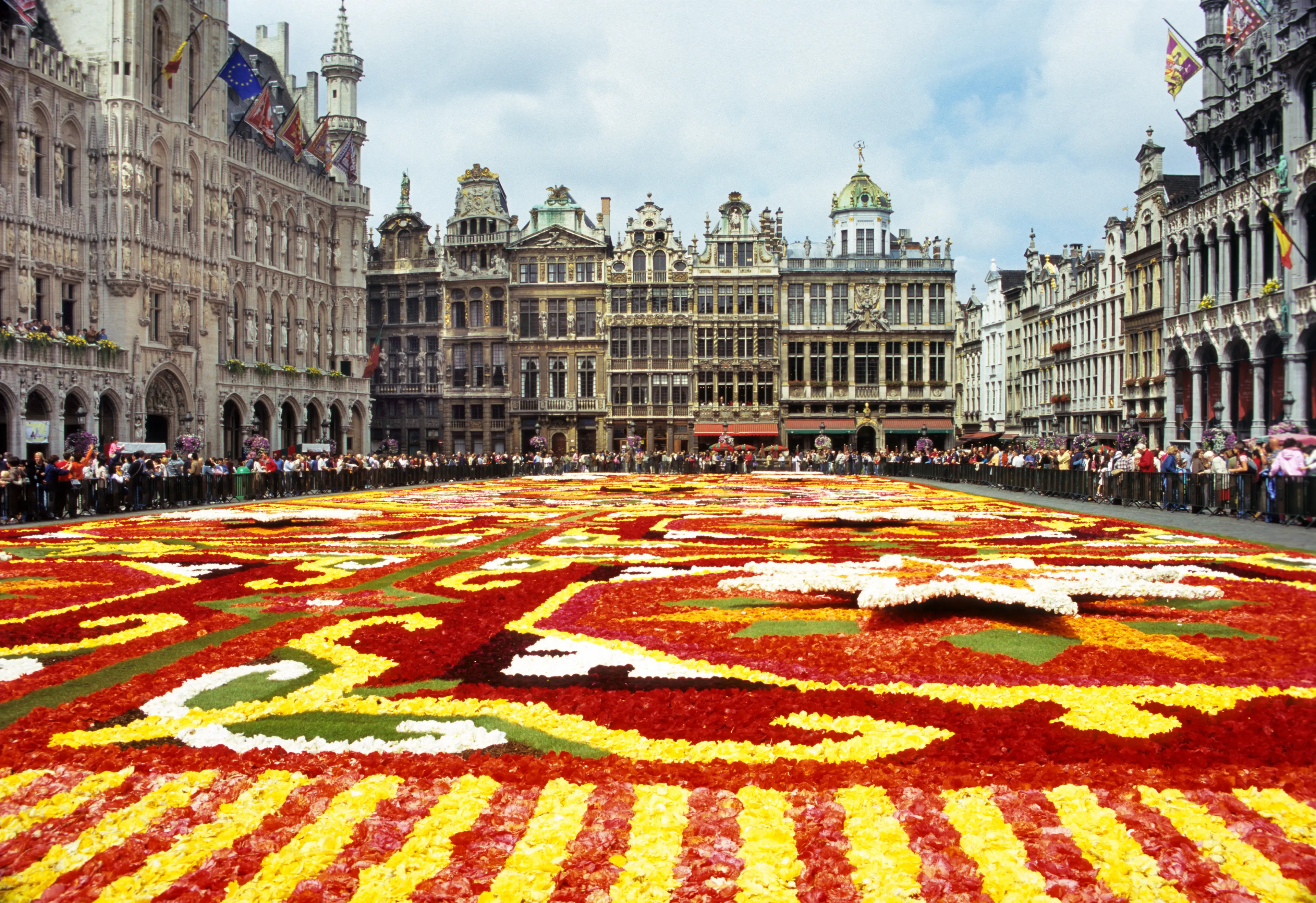3-Day Solo Food, Wine and Sightseeing Adventure in Brussels
Brussels, Belgium
3 days
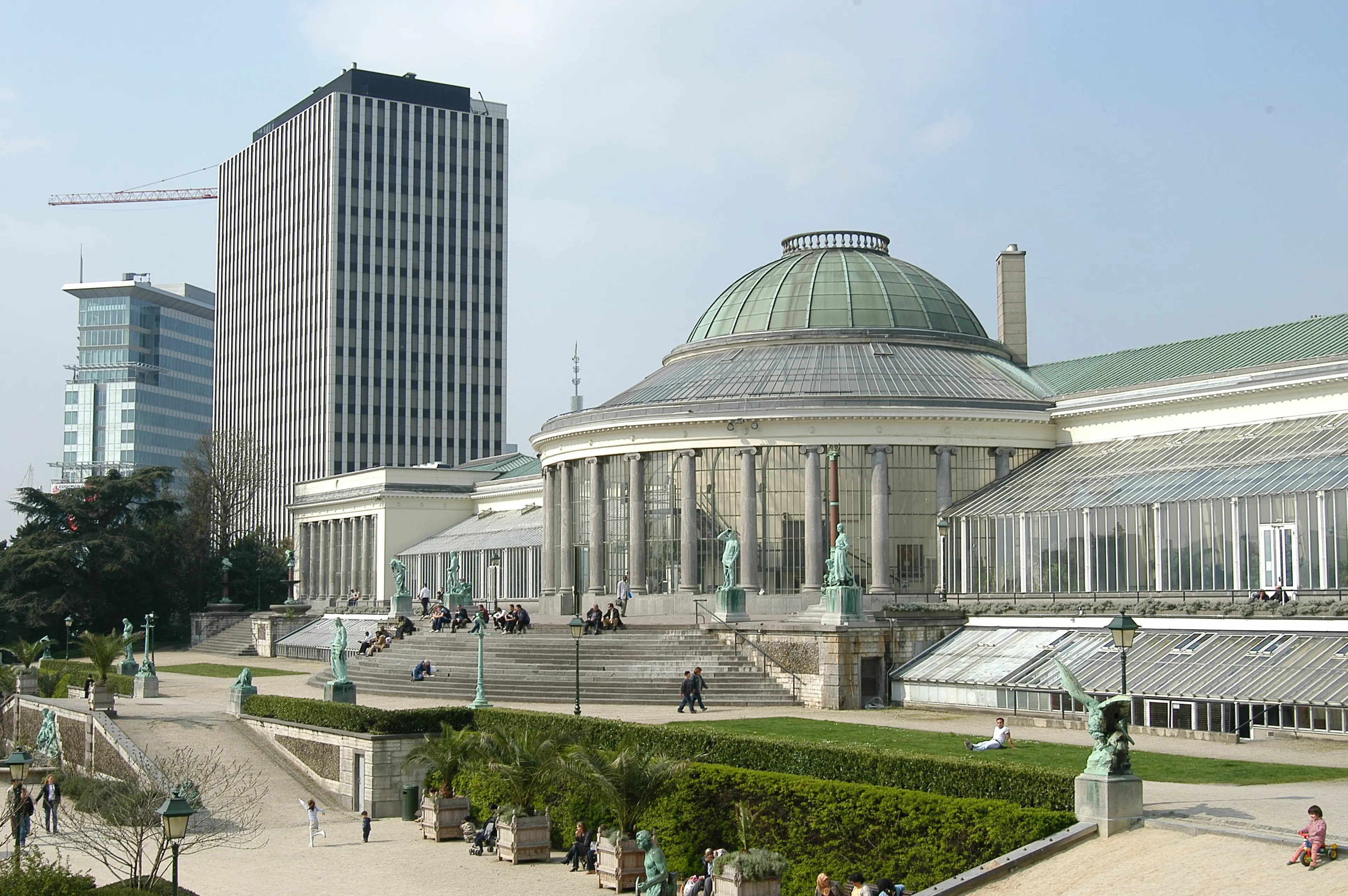
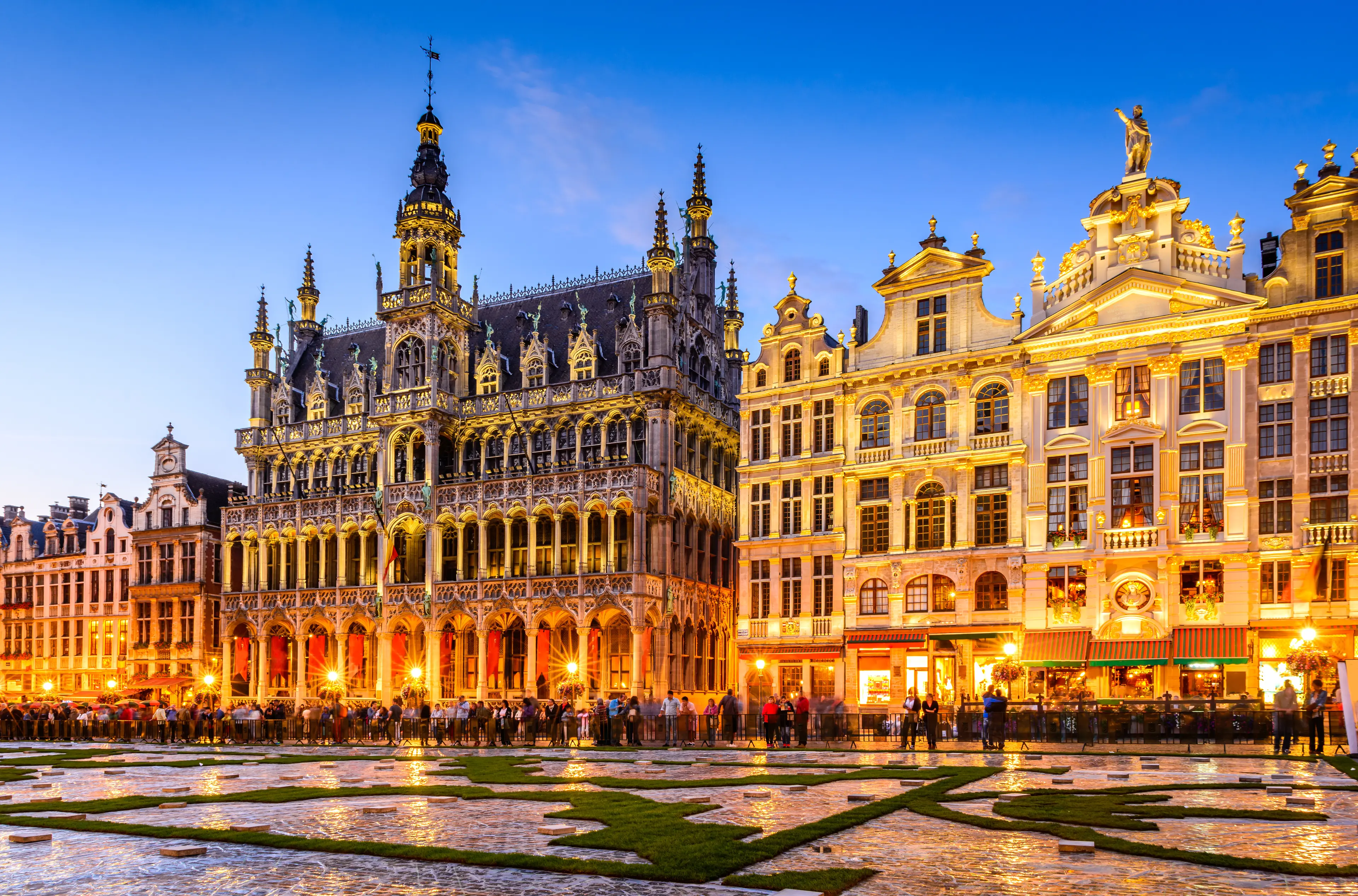


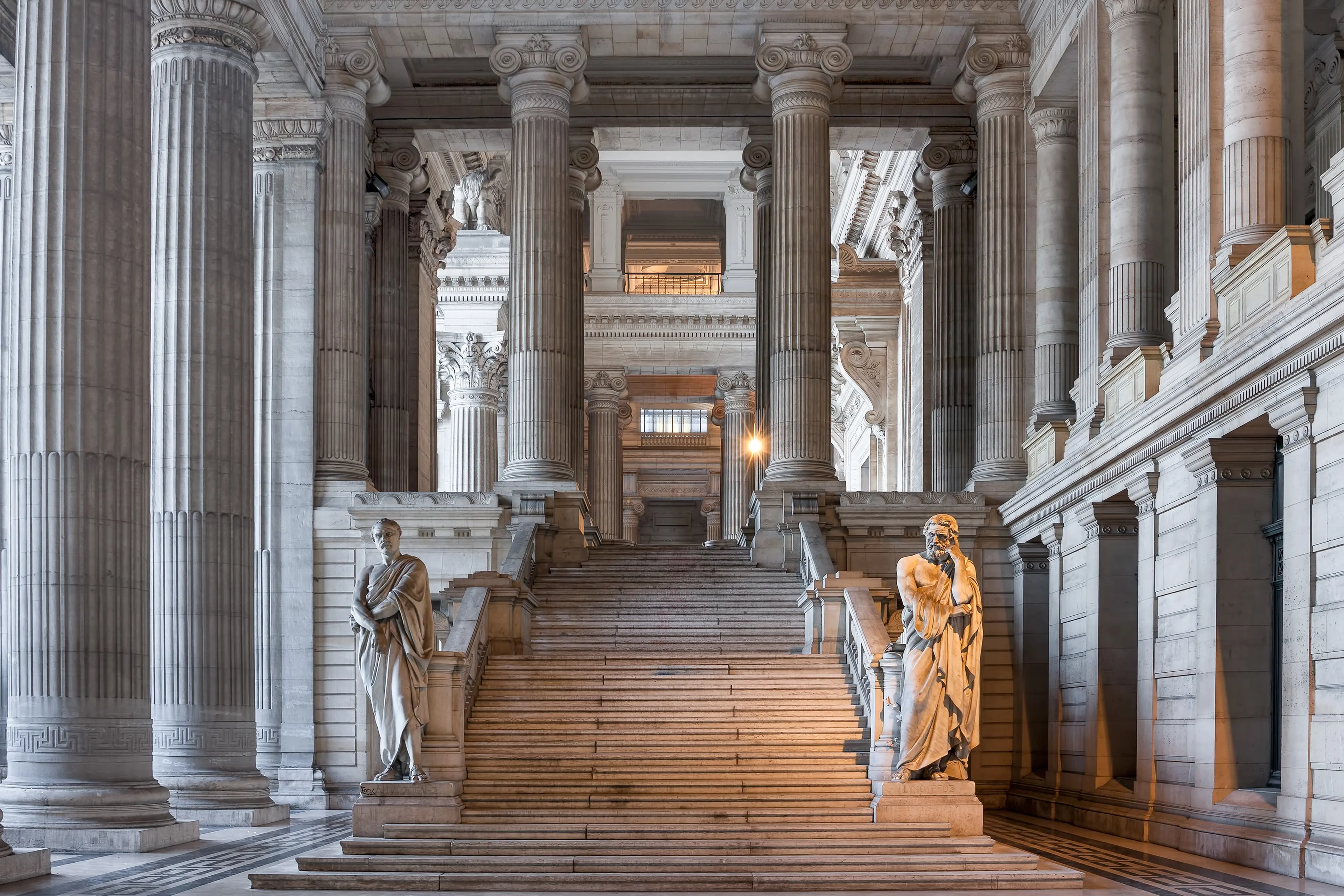
About Brussels, Belgium
Experience the heart of Europe in Brussels, Belgium. This vibrant city is a melting pot of cultures, languages, and architectural styles. Marvel at the iconic Atomium, a unique steel structure, and the stunning Grand Place, a UNESCO World Heritage site. Explore the city's rich history at the Royal Palace and the Brussels City Museum. Indulge in world-famous Belgian chocolates, waffles, and beers. Wander through the charming streets of the Marolles district, known for its antique shops and flea market. Visit the European Parliament to understand the city's role as the capital of the European Union. Brussels offers a blend of modernity and tradition, making it a must-visit destination for every traveler.
3-Day Itinerary
Day 2
Visiting the European Quarter and Cinquantenaire Park
Morning
Start your day with a visit to the European Quarter, home to the European Union institutions. Take a guided tour to learn about the EU's history and its role in Europe.
Lunch
Have lunch at a local restaurant in the European Quarter. Try the local specialty, waterzooi, a creamy fish or chicken stew.
Afternoon
Spend your afternoon at the Cinquantenaire Park, a large public park with museums and monuments. Visit the Royal Military Museum and Autoworld, a vintage car museum located within the park.
Dinner
Enjoy a dinner of Belgian cuisine at a local restaurant. Try the carbonnade flamande, a traditional beef stew, paired with a local beer.
Evening
End your day with a leisurely stroll around the illuminated city centre, enjoying the lively atmosphere and beautiful architecture.
Day 3
Discovering Manneken Pis and the Belgian Comic Strip Center
Morning
Start your day with a visit to the iconic Manneken Pis, a small bronze statue that is one of the symbols of Brussels. Afterwards, explore the surrounding area with its charming streets and shops.
Lunch
Have lunch at a local restaurant. Try the Belgian endive, a popular dish made with braised endives wrapped in ham and covered in a creamy cheese sauce.
Afternoon
Spend your afternoon exploring the Belgian Comic Strip Center, a museum dedicated to Belgian comic strip art. It's housed in a beautiful Art Nouveau building designed by Victor Horta.
Dinner
For your last dinner in Brussels, enjoy a meal at a local seafood restaurant. Try the grey shrimp, a local delicacy, and pair it with a glass of Belgian white wine.
Evening
End your trip with a visit to the Mont des Arts, a hill offering panoramic views of the city. It's a perfect spot to reflect on your trip and enjoy the city's night lights.
Attractions in Itinerary (10)
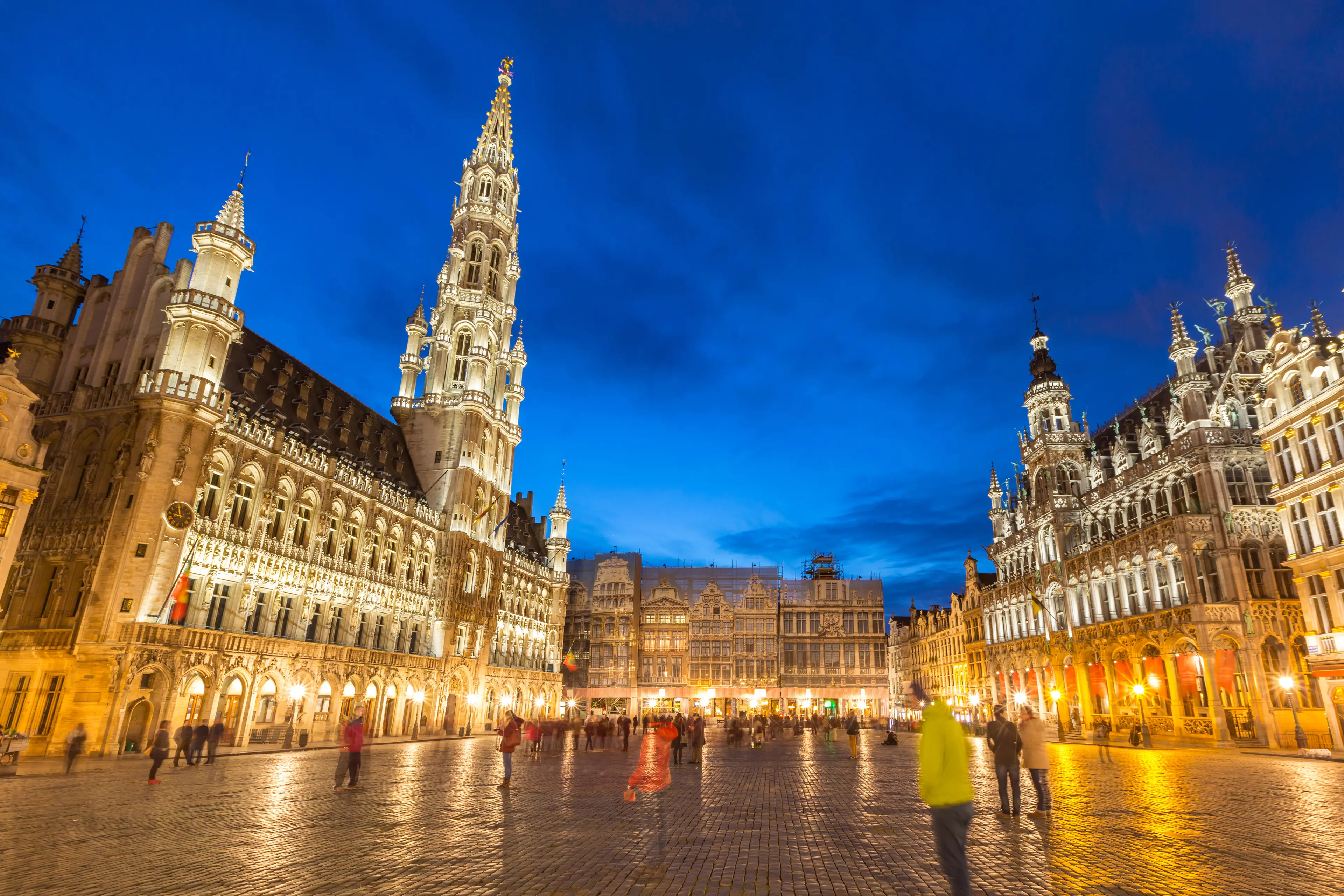
1Grand Place
Known as one of the most beautiful squares in the world, Grand Place is a UNESCO World Heritage site and a must-visit in Brussels. It's surrounded by opulent guildhalls and two larger edifices, the city's Town Hall, and the King's House or Breadhouse.
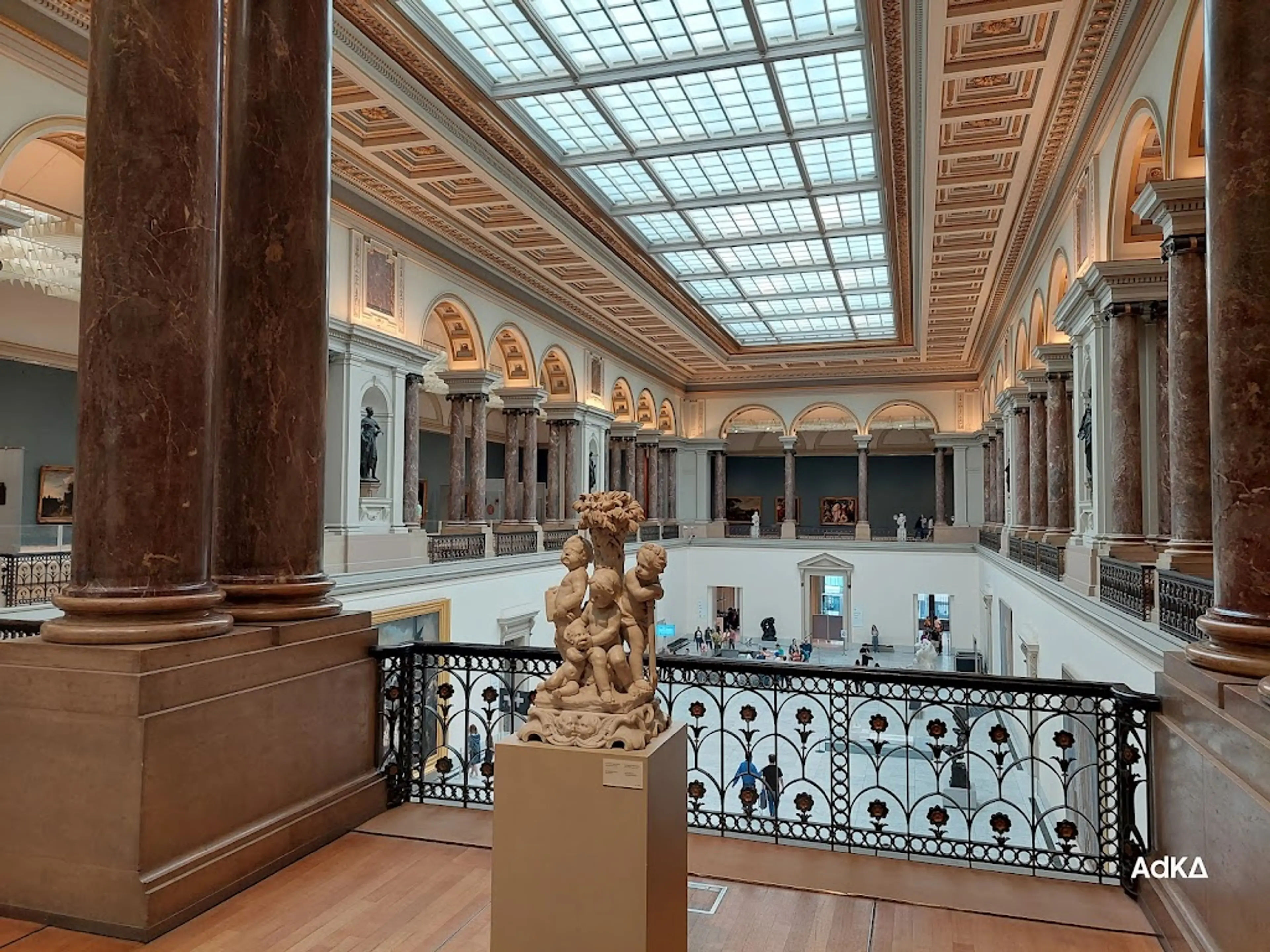
2Royal Museums of Fine Arts of Belgium
The Royal Museums of Fine Arts of Belgium are a group of art museums that include the Old Masters Museum, the Museum of Modern Art, the Magritte Museum, the Fin-de-Siècle Museum, and others.
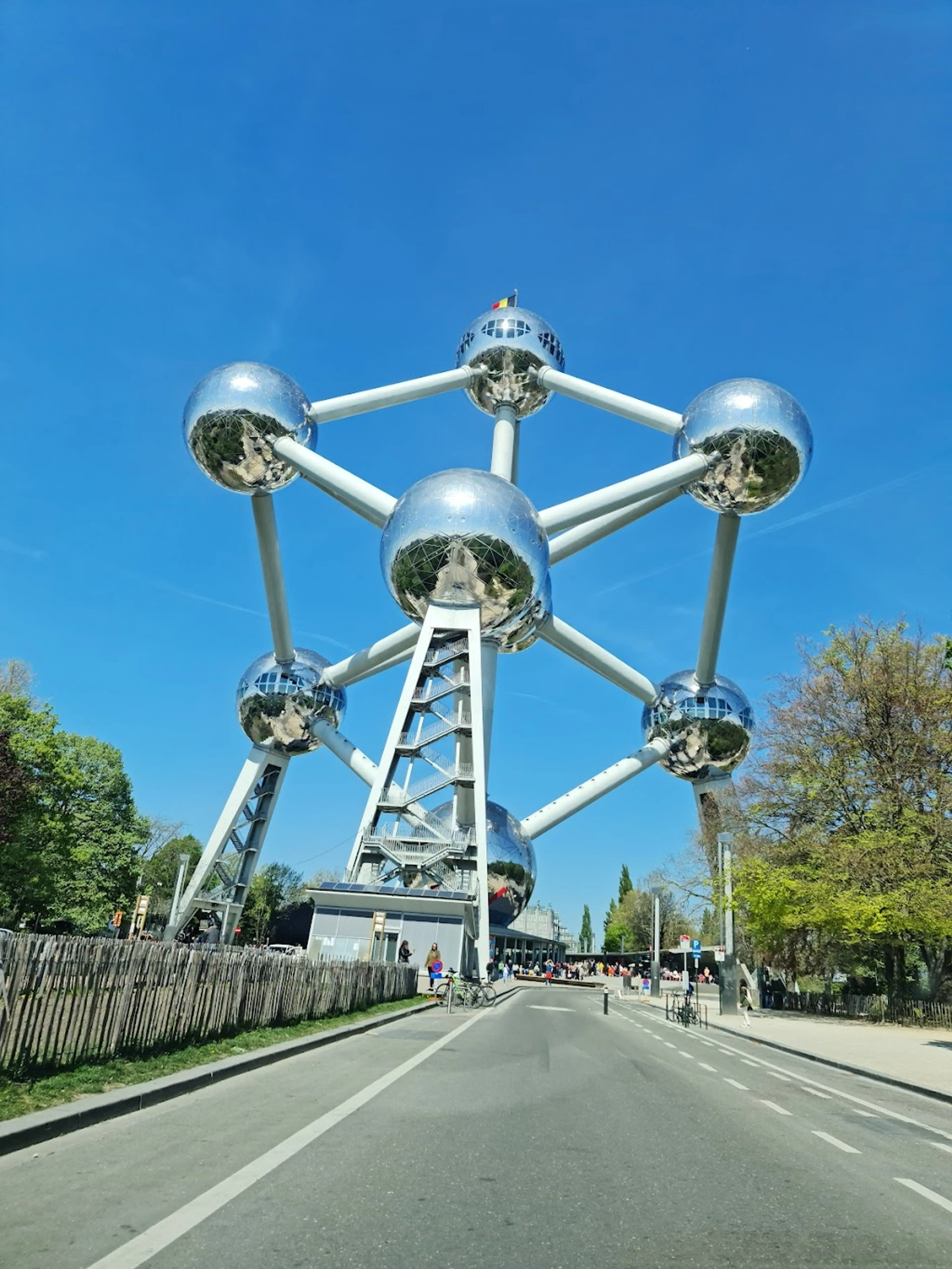
3Atomium
The Atomium is a landmark building in Brussels, originally constructed for the 1958 Brussels World Expo. It represents an iron crystal magnified 165 billion times and has exhibitions and a restaurant with panoramic views.
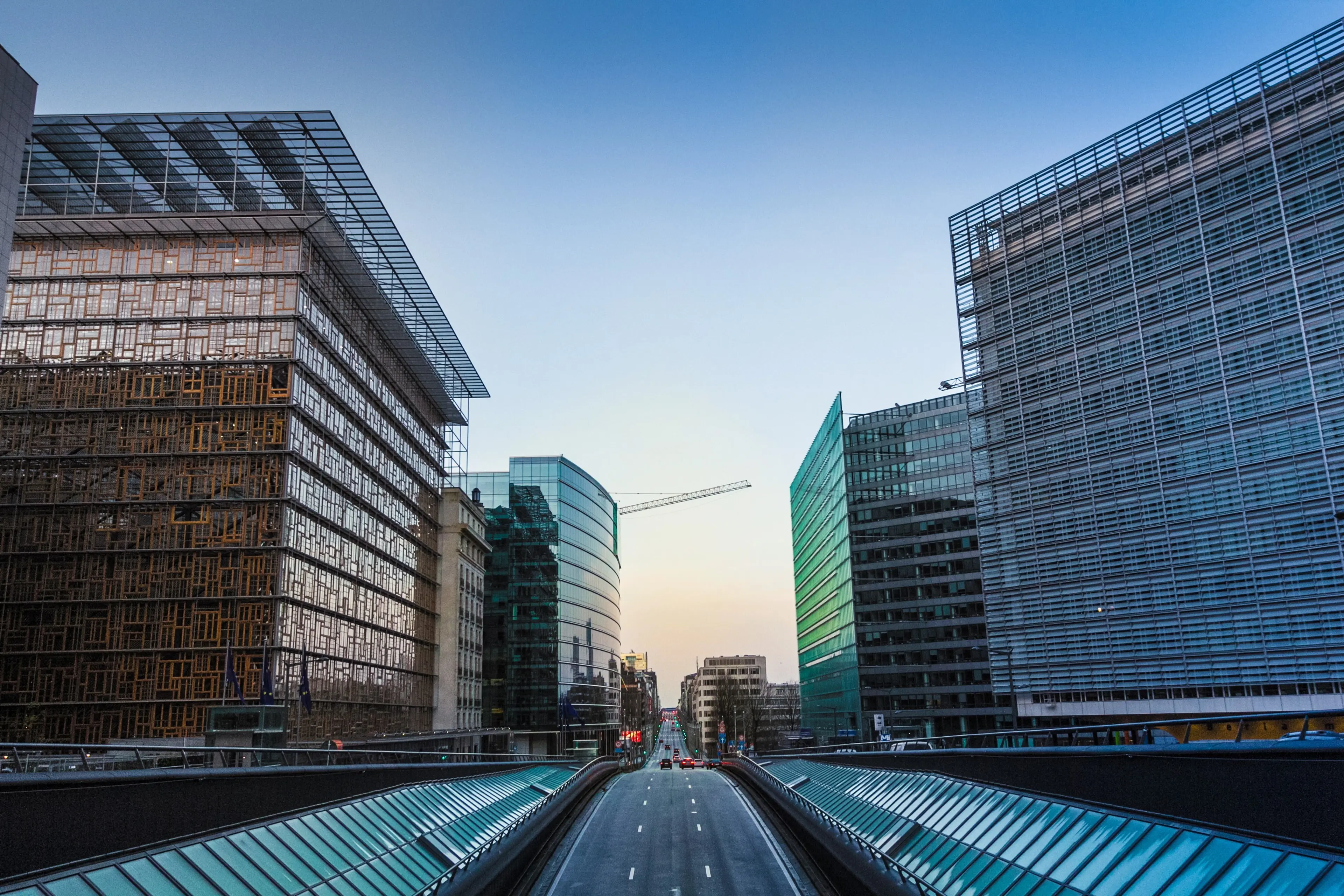
4European Quarter
The European Quarter is a bustling business district known for its modern architecture, including the glass and steel European Parliament complex. It's also home to upscale dining and shopping, as well as several important cultural and historical sites.
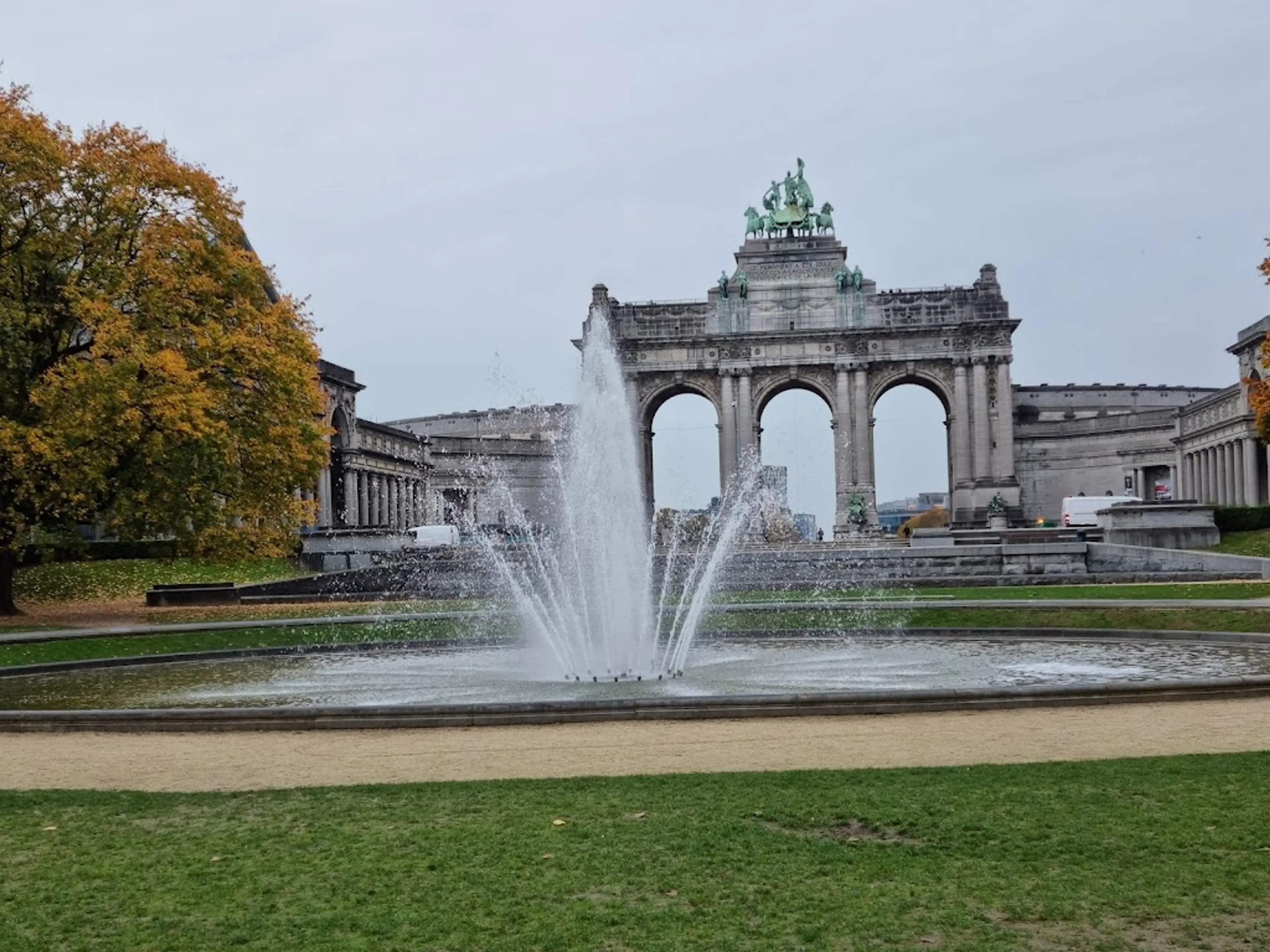
5Cinquantenaire Park
A large public park with museums and monuments, offering a cultural and relaxing experience.
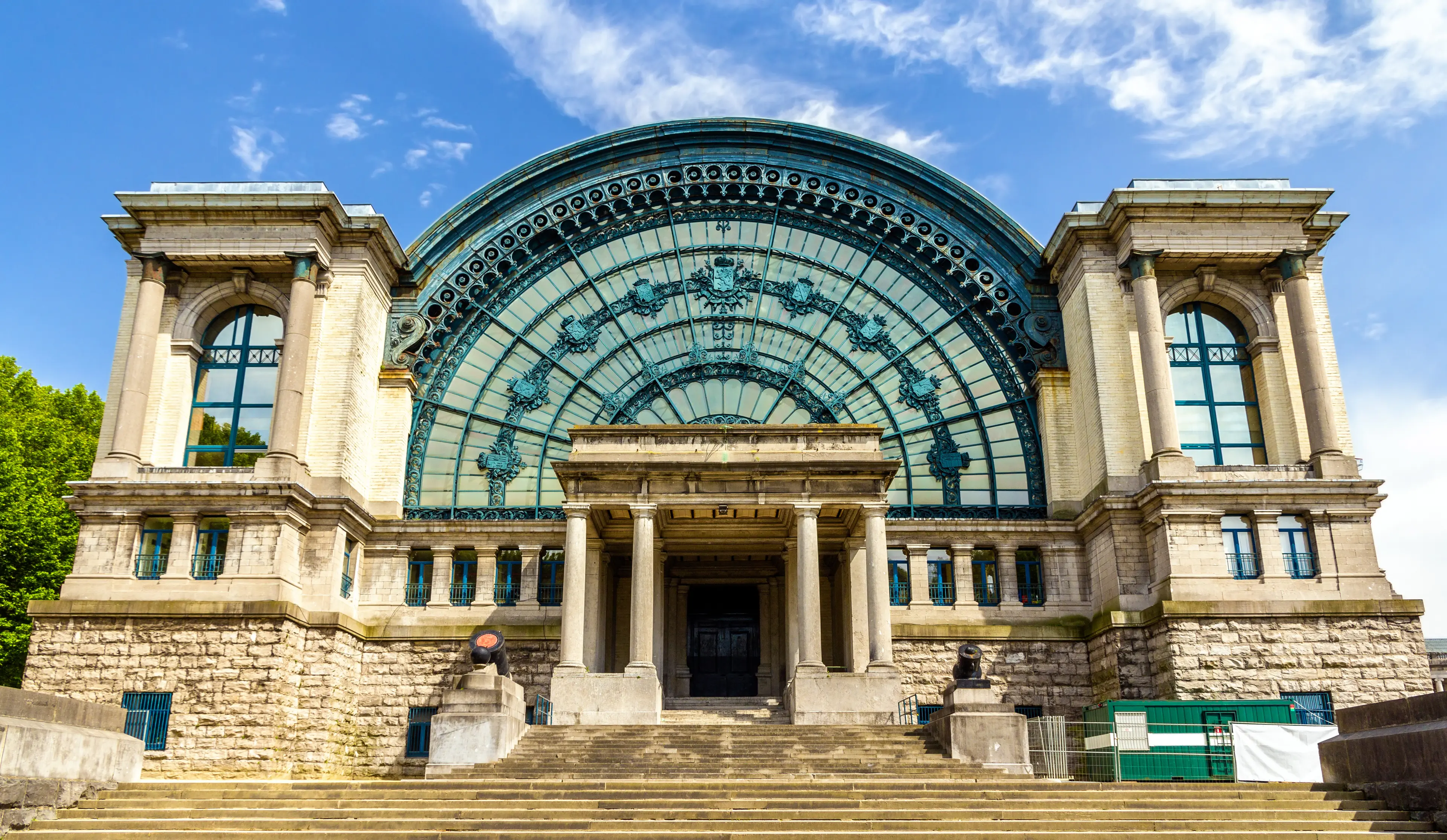
6Royal Military Museum
The Royal Military Museum is a museum that offers a wide range of military artifacts and exhibits, including weapons, uniforms, and vehicles, from various periods of history. It provides a deep insight into the military history of Belgium and the world.
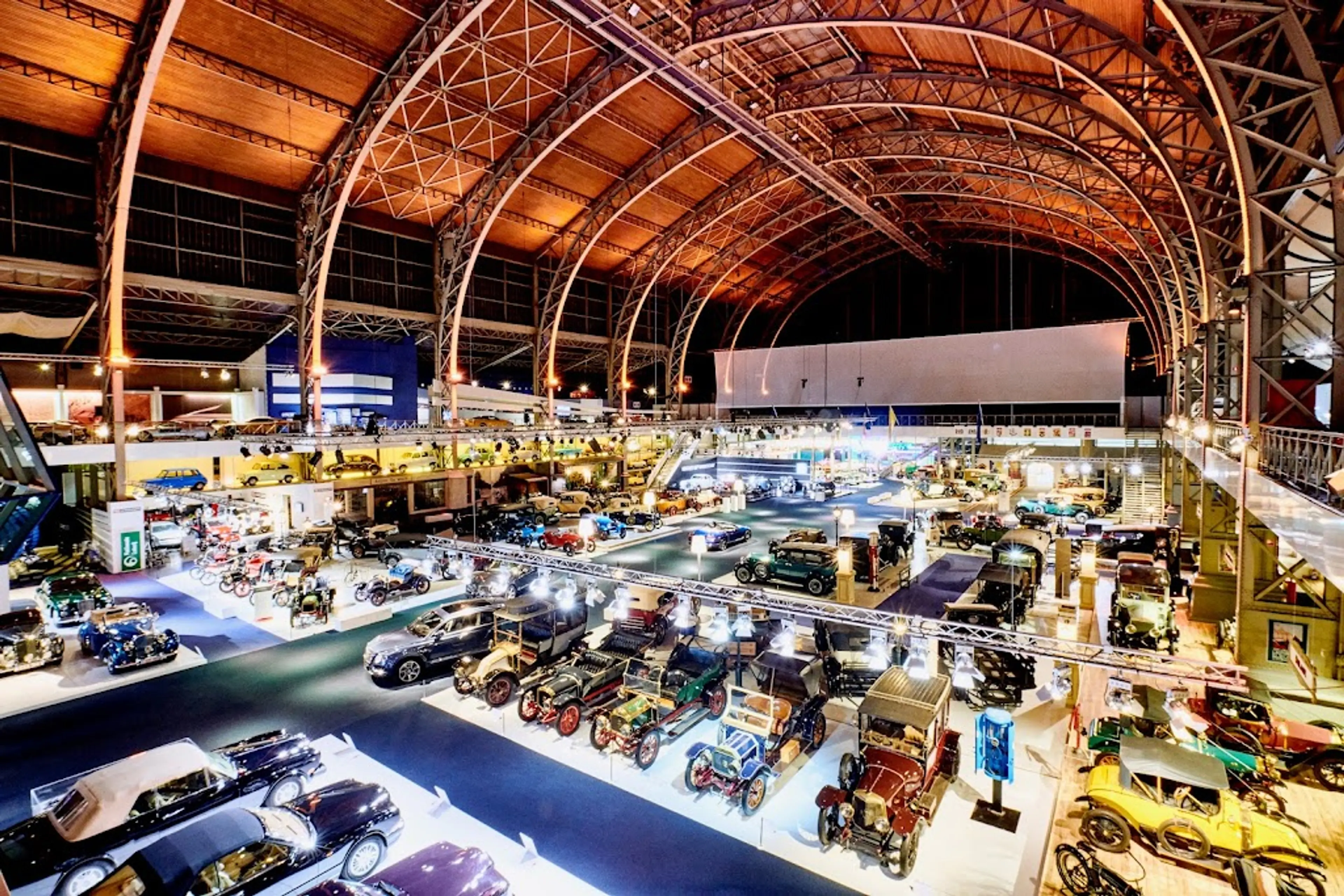
7Autoworld
Autoworld is a vintage car museum in the center of Brussels, Belgium, located in the southern hall of the Cinquantenaire Park.
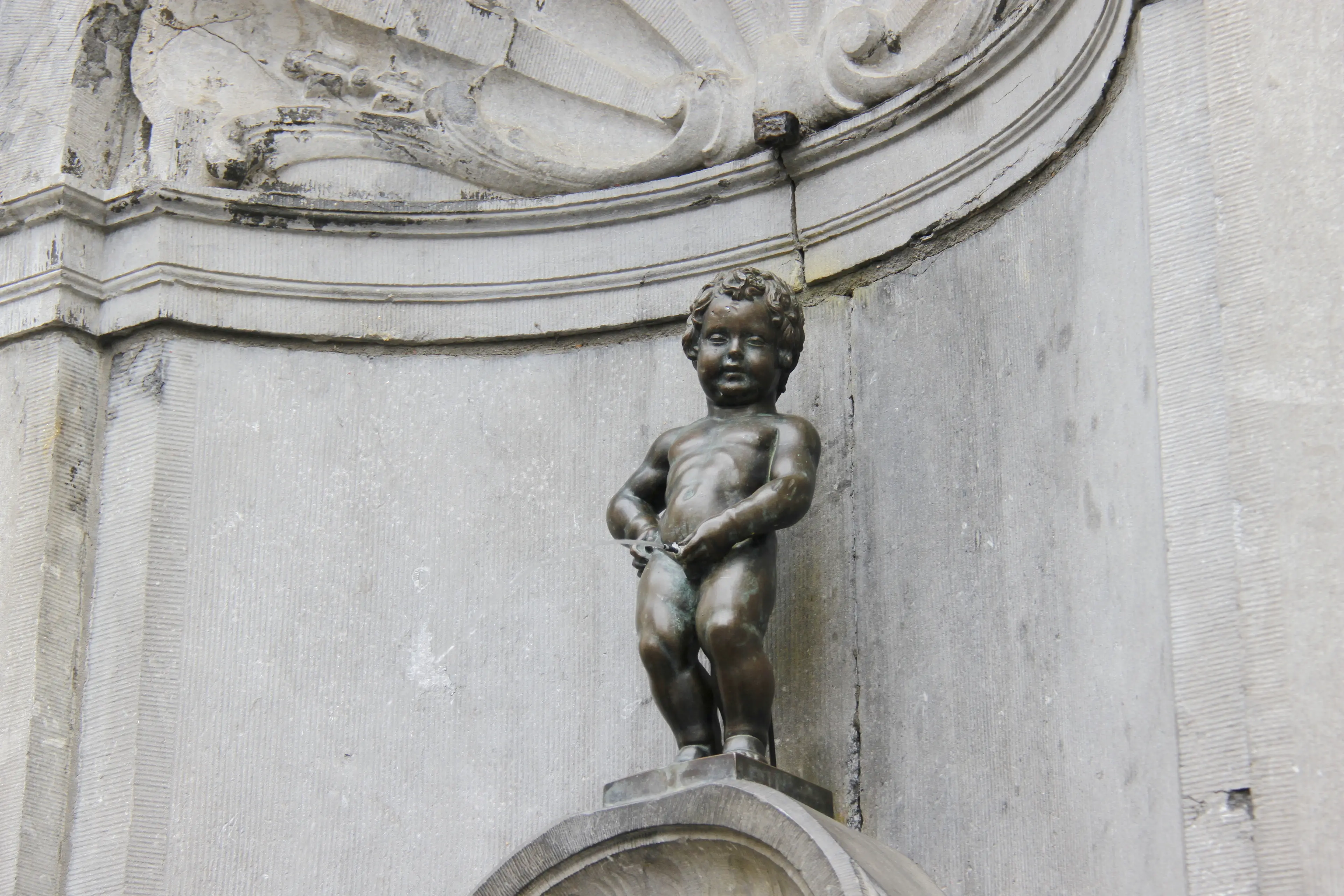
8Manneken Pis
Manneken Pis is a famous bronze sculpture depicting a naked little boy urinating into a fountain's basin. It's one of the most famous symbols of Brussels.
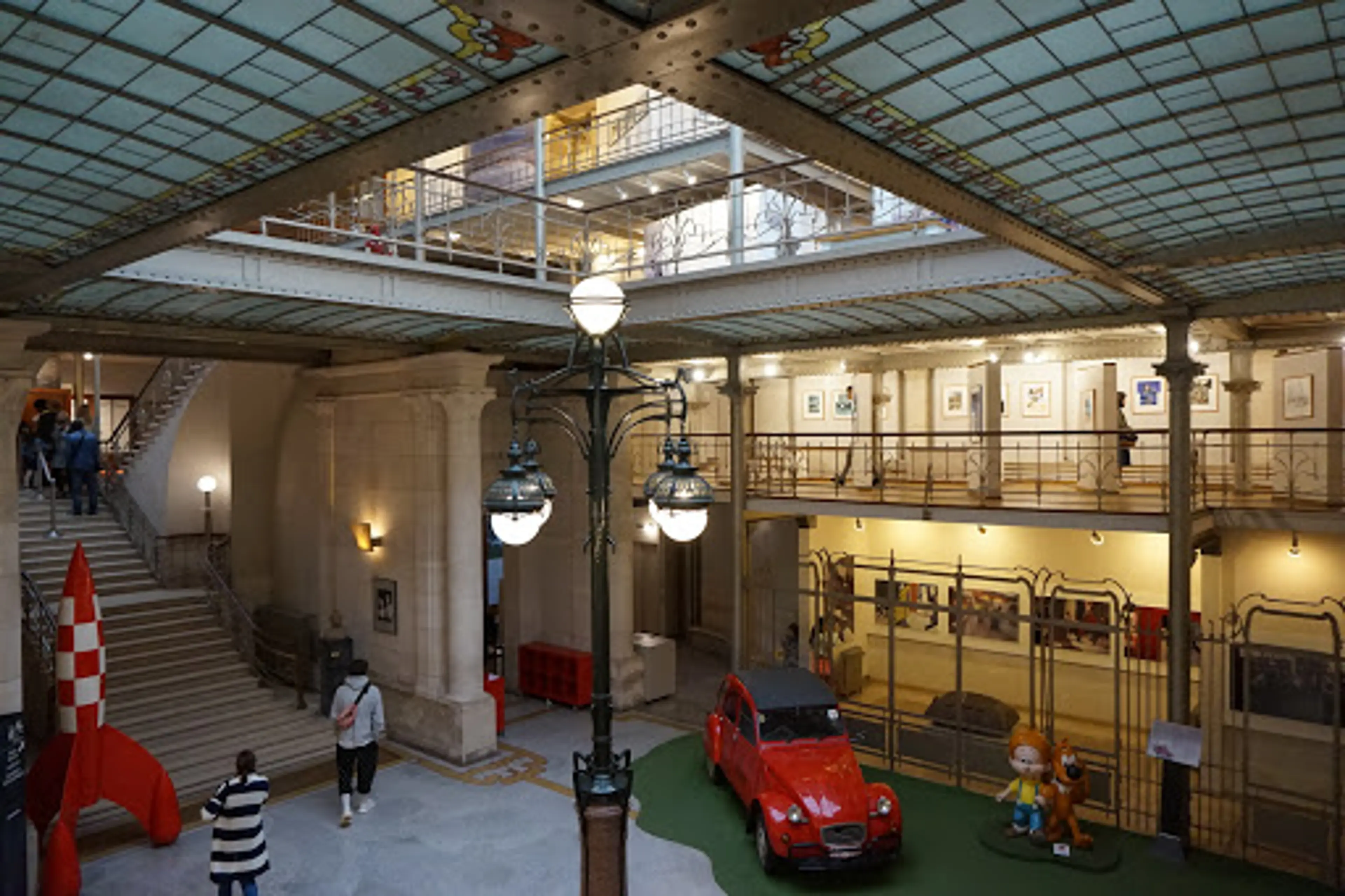
9Belgian Comic Strip Center
A museum dedicated to Belgian comic strip art. It's housed in a beautiful Art Nouveau building designed by Victor Horta.
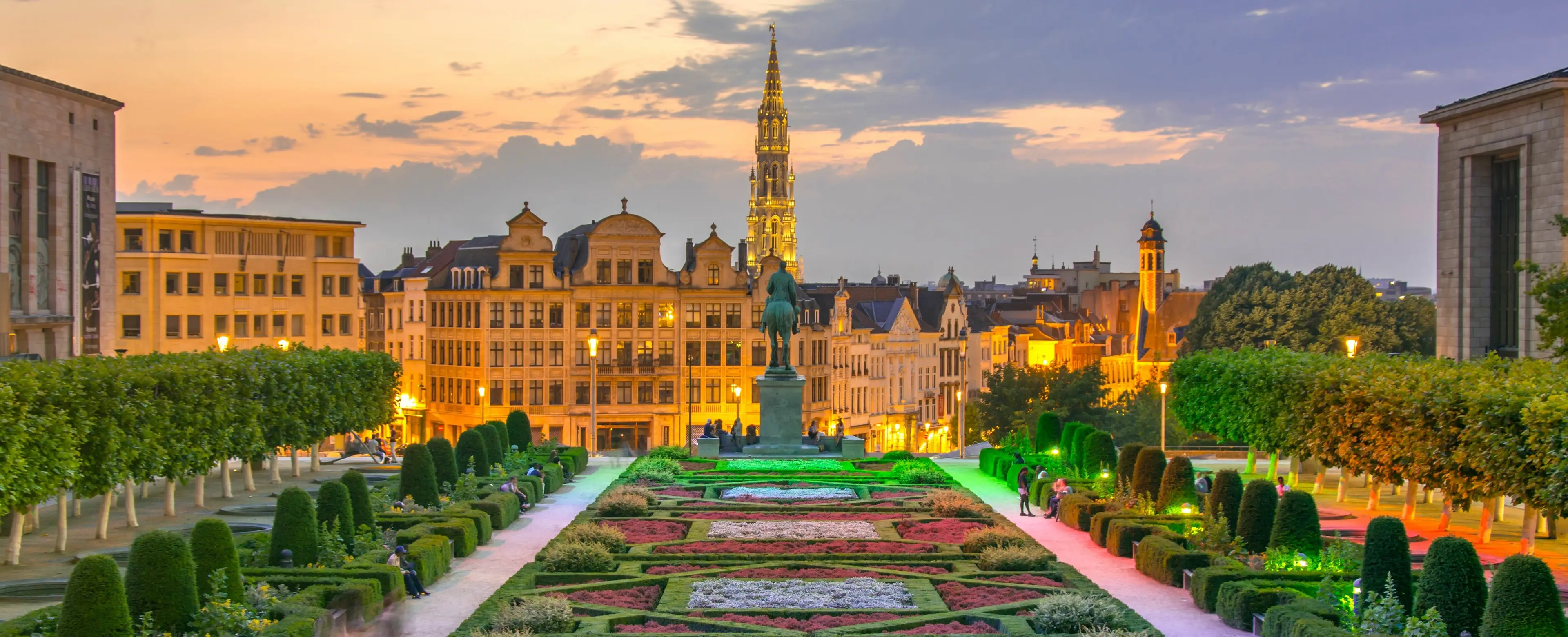
10Mont des Arts
A historic site offering panoramic views of Brussels and home to several cultural institutions including the Royal Library and the National Archives.
Local Food and Drinks (11)
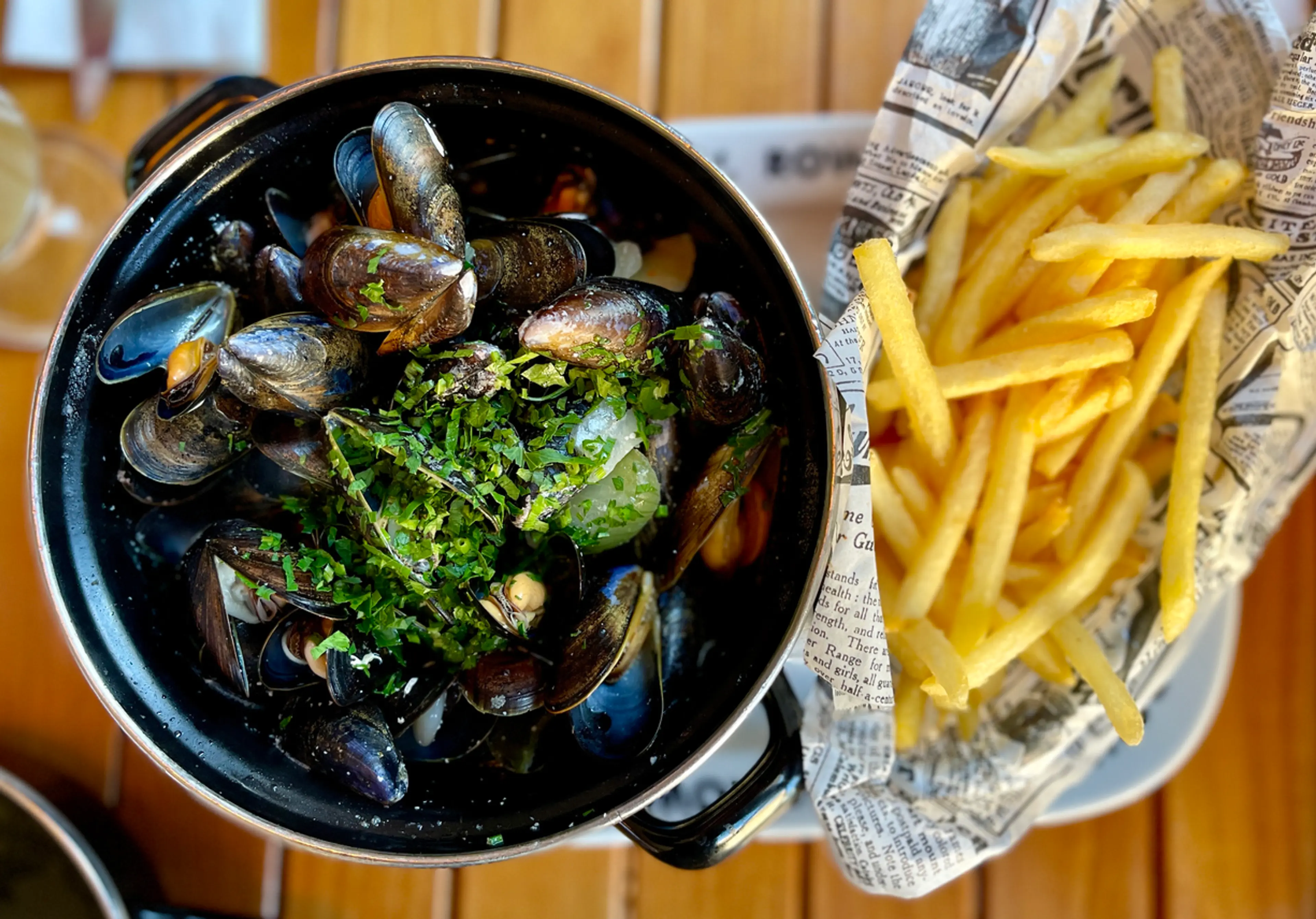
Moules Frites
Mussels and fries is a classic Belgian dish, especially popular in Brussels. The mussels are usually steamed with celery and onions in a pot with a lid and served with a side of fries.
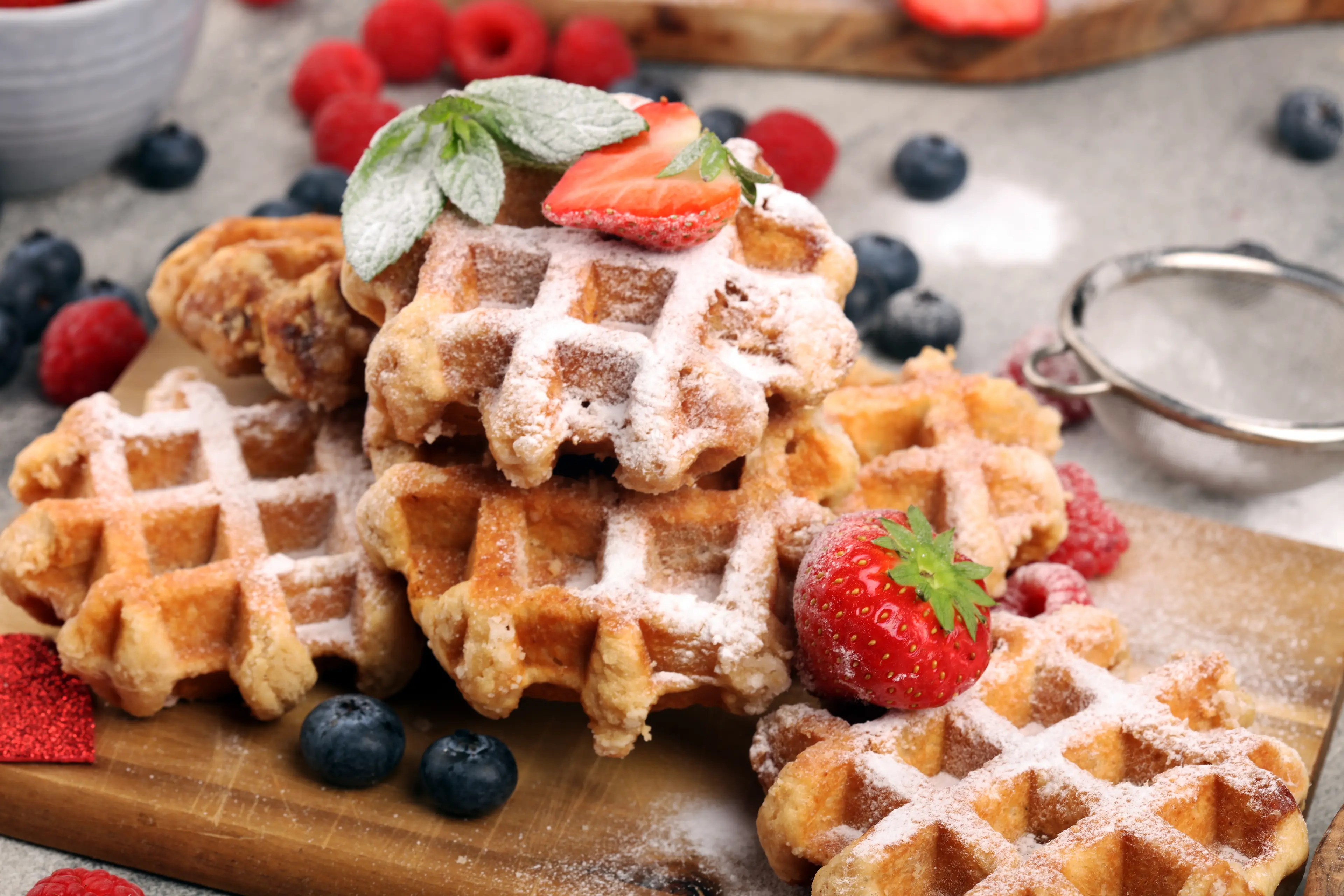
Belgian Waffles
Belgian waffles are a popular treat in Brussels. They are often served warm and dusted with powdered sugar, but can also be topped with whipped cream, strawberries, or chocolate sauce.
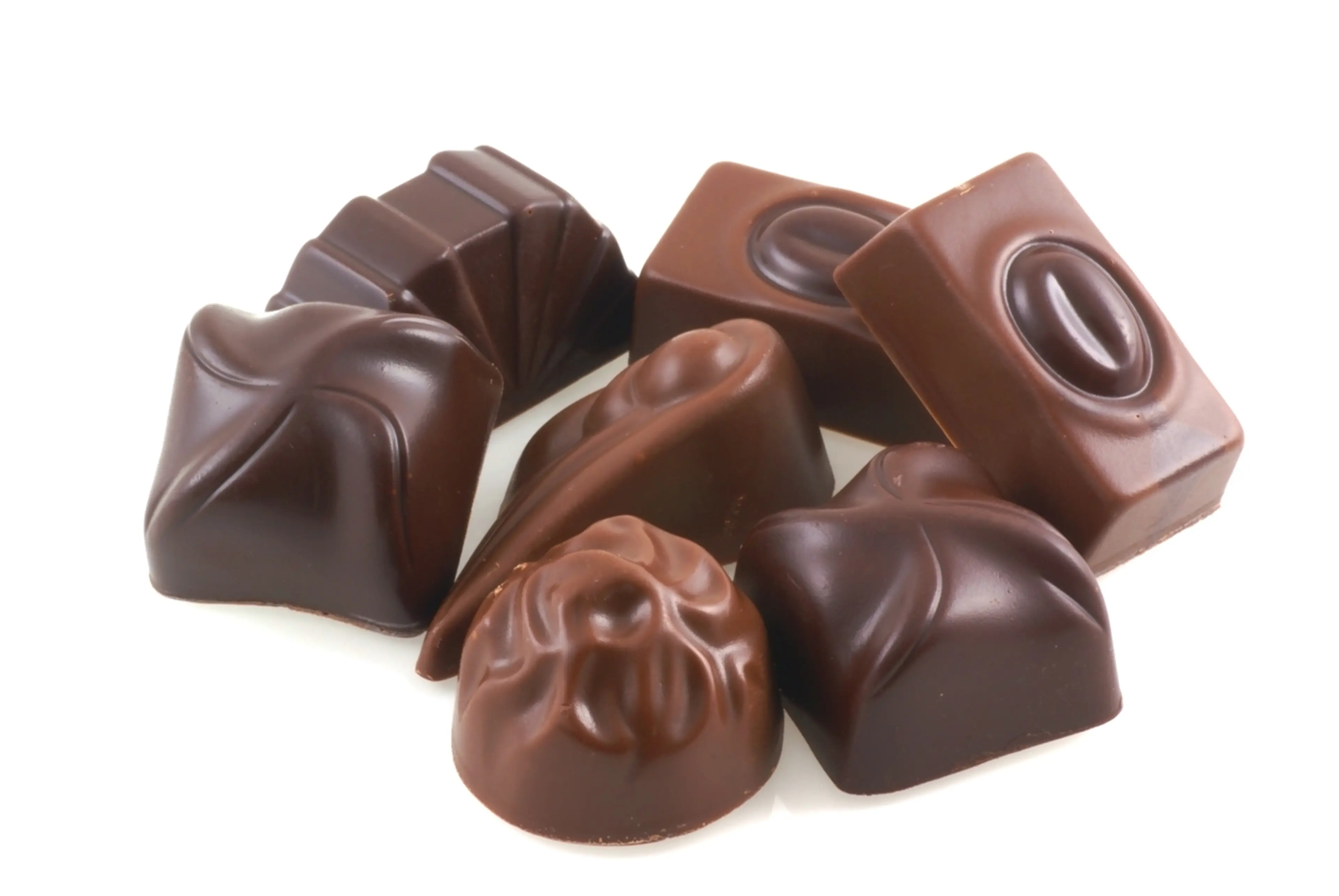
Belgian Chocolate
Belgium is world-renowned for its chocolate, and Brussels is home to some of the country's finest chocolatiers. Belgian chocolate is known for its high quality and rich flavor.
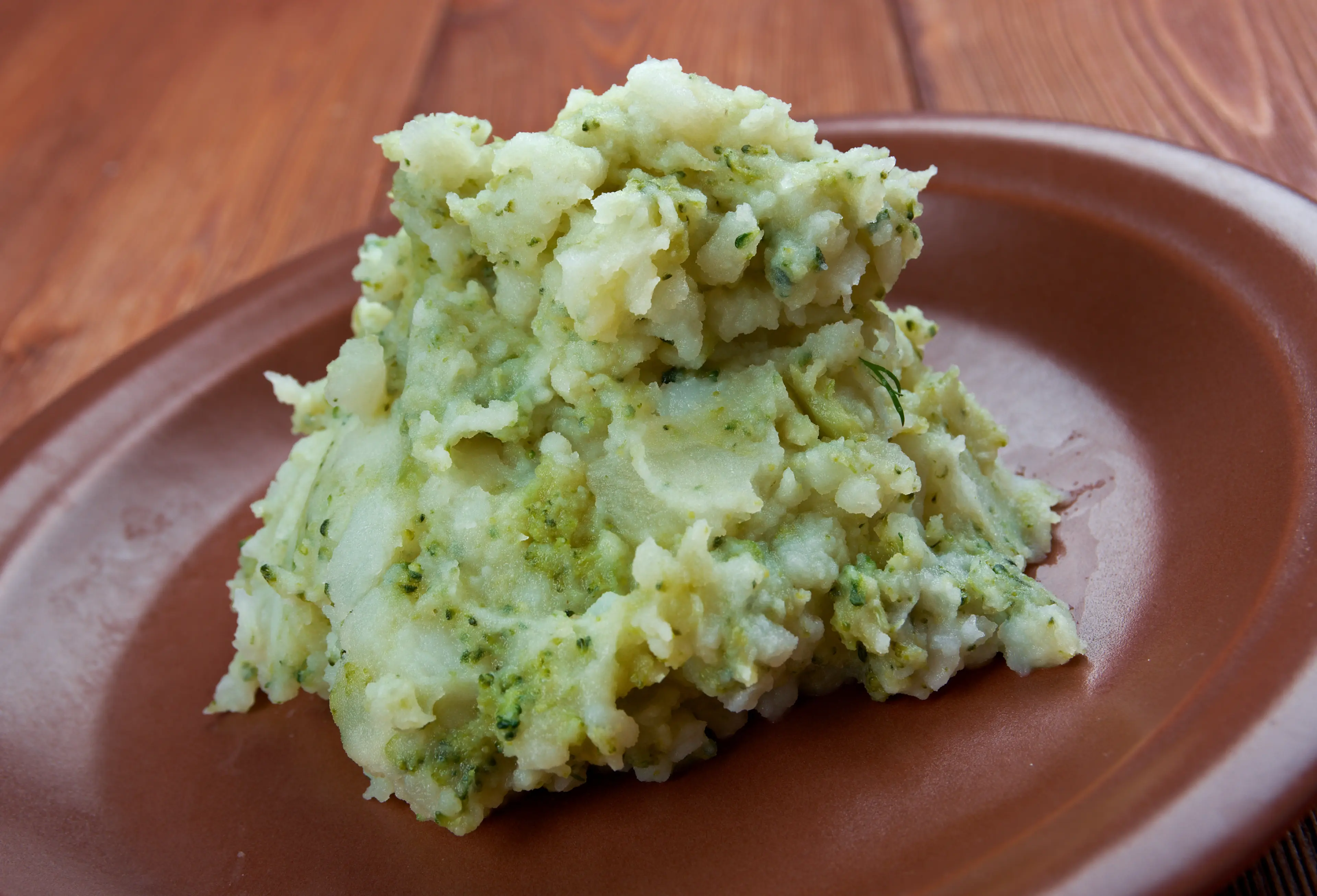
Stoemp
Stoemp is a traditional Belgian dish made from mashed potatoes mixed with other vegetables, such as carrots, onions, or spinach. It's a hearty and comforting dish often enjoyed in Brussels.
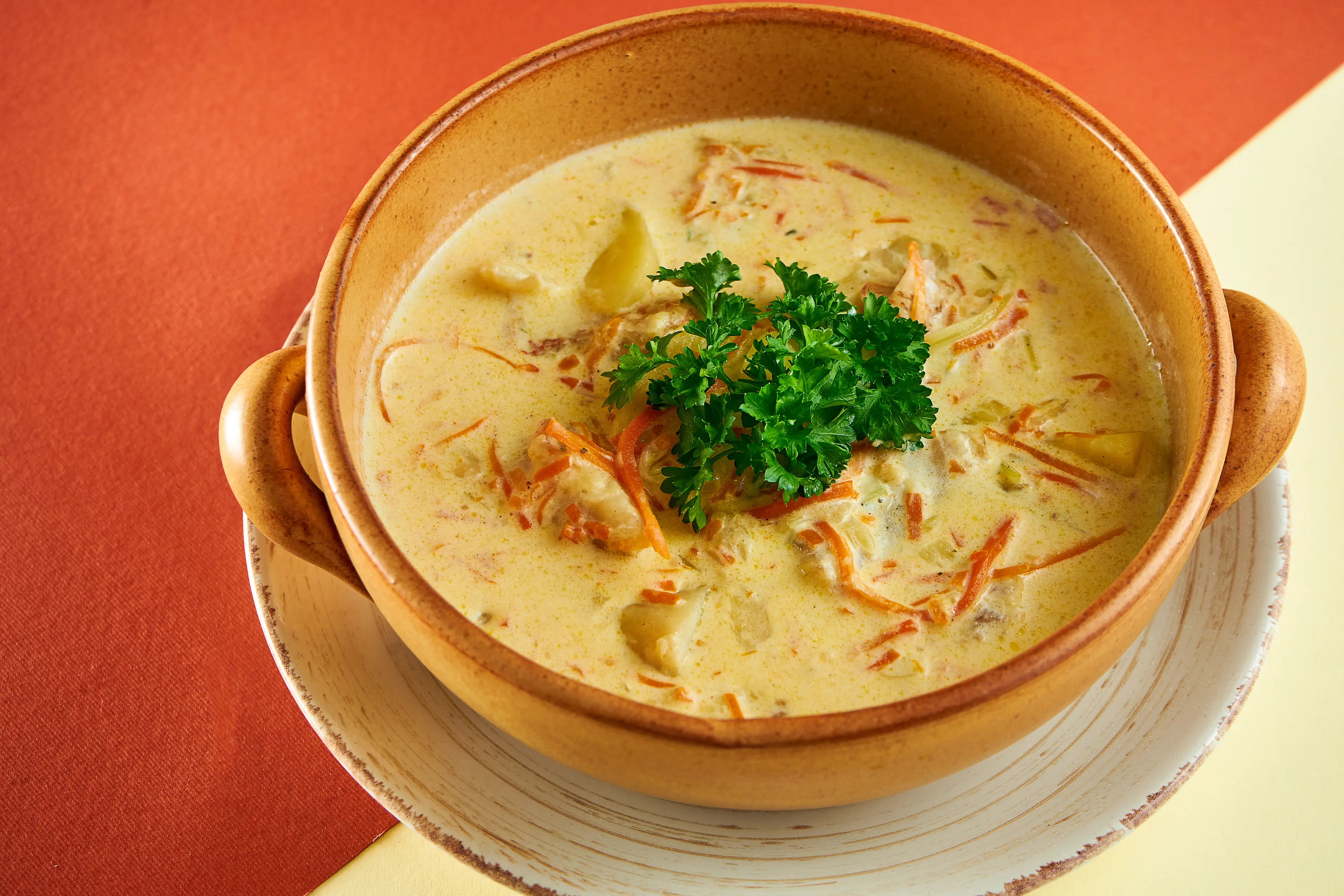
Waterzooi
Waterzooi is a creamy soup originally from Belgium. It's typically made with chicken or fish, vegetables, cream, and eggs. It's a popular dish in Brussels, especially during the colder months.
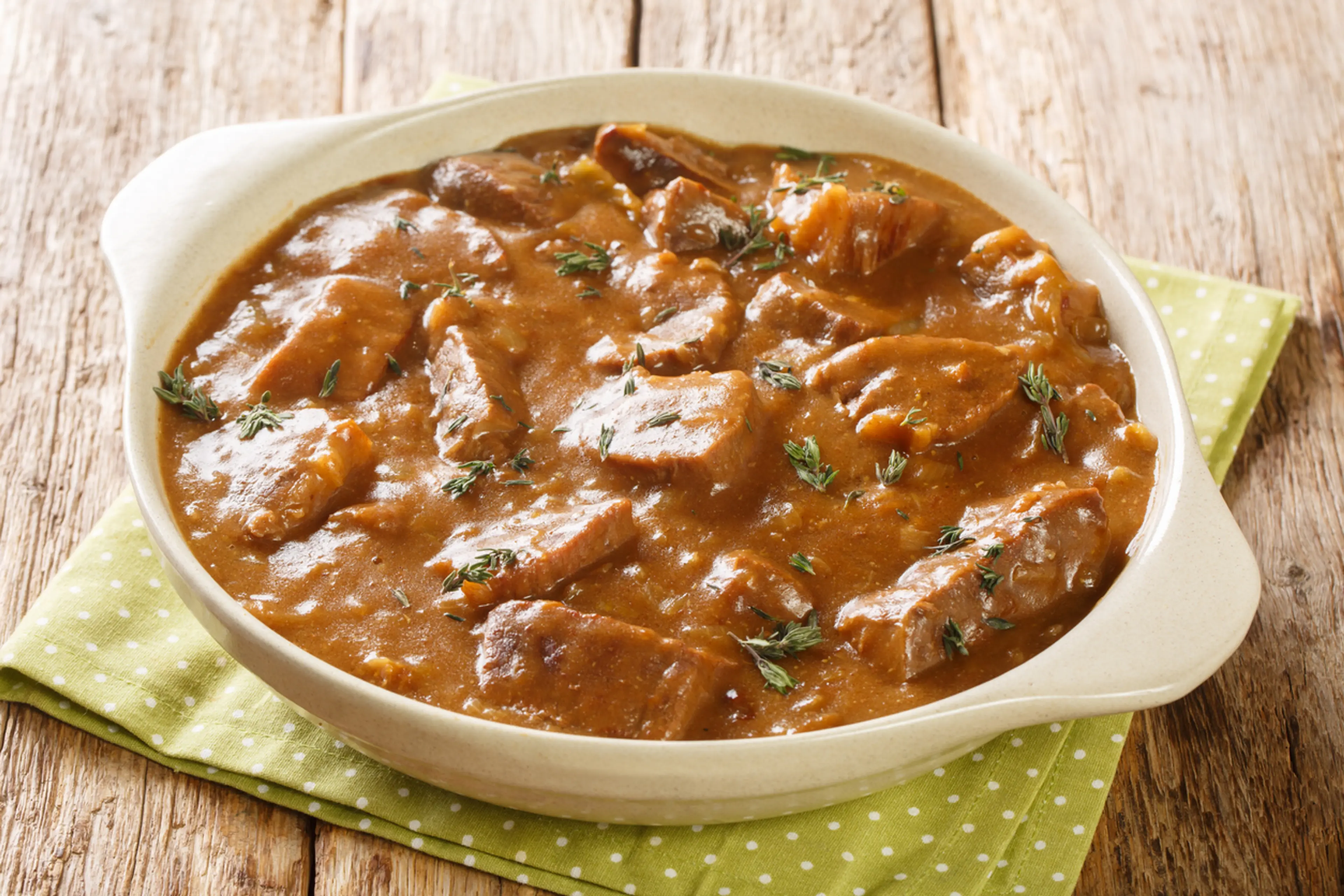
Carbonnade Flamande
Carbonnade Flamande is a traditional Belgian beef stew. It's made with beer, onions, and brown sugar, giving it a unique sweet and sour flavor. It's a popular dish in Brussels and throughout Belgium.
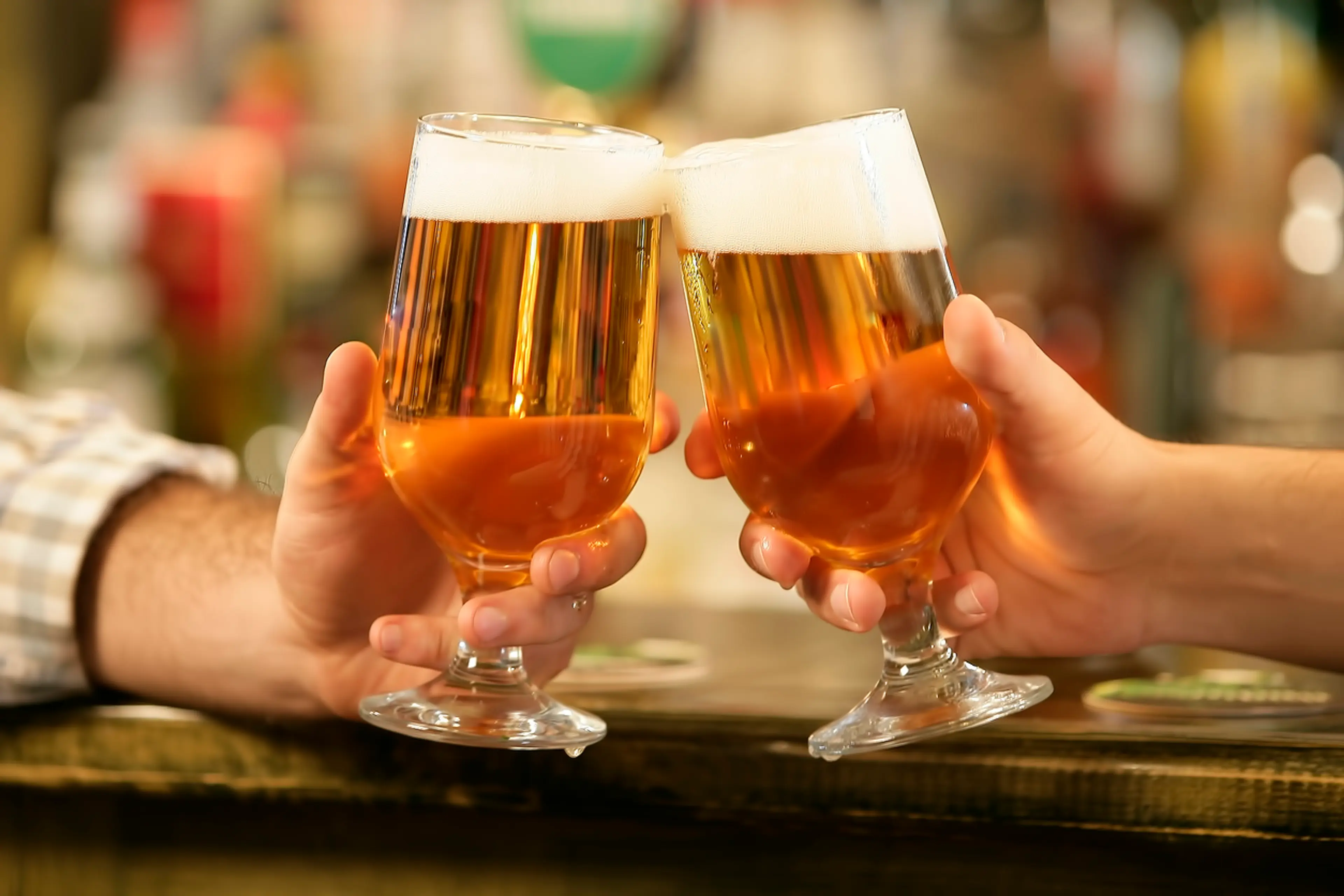
Belgian Beer
Belgium is famous for its beer, and Brussels is no exception. With a wide variety of styles, from light and fruity to dark and strong, there's a Belgian beer to suit every taste.
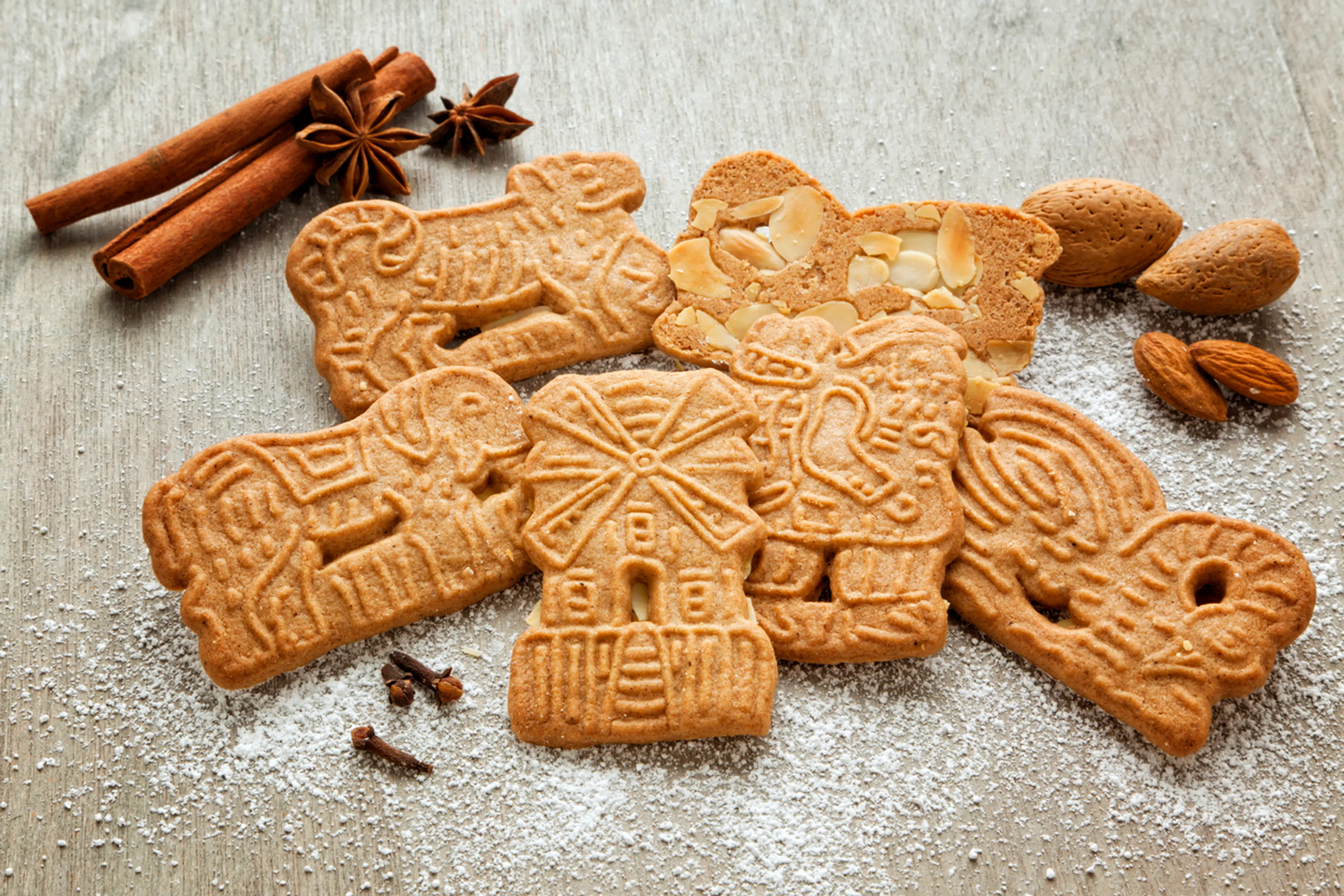
Speculoos
Speculoos are traditional Belgian spiced shortcrust biscuits. They are thin, very crunchy, and typically flavored with cinnamon. They are particularly popular in Brussels around the Christmas season.
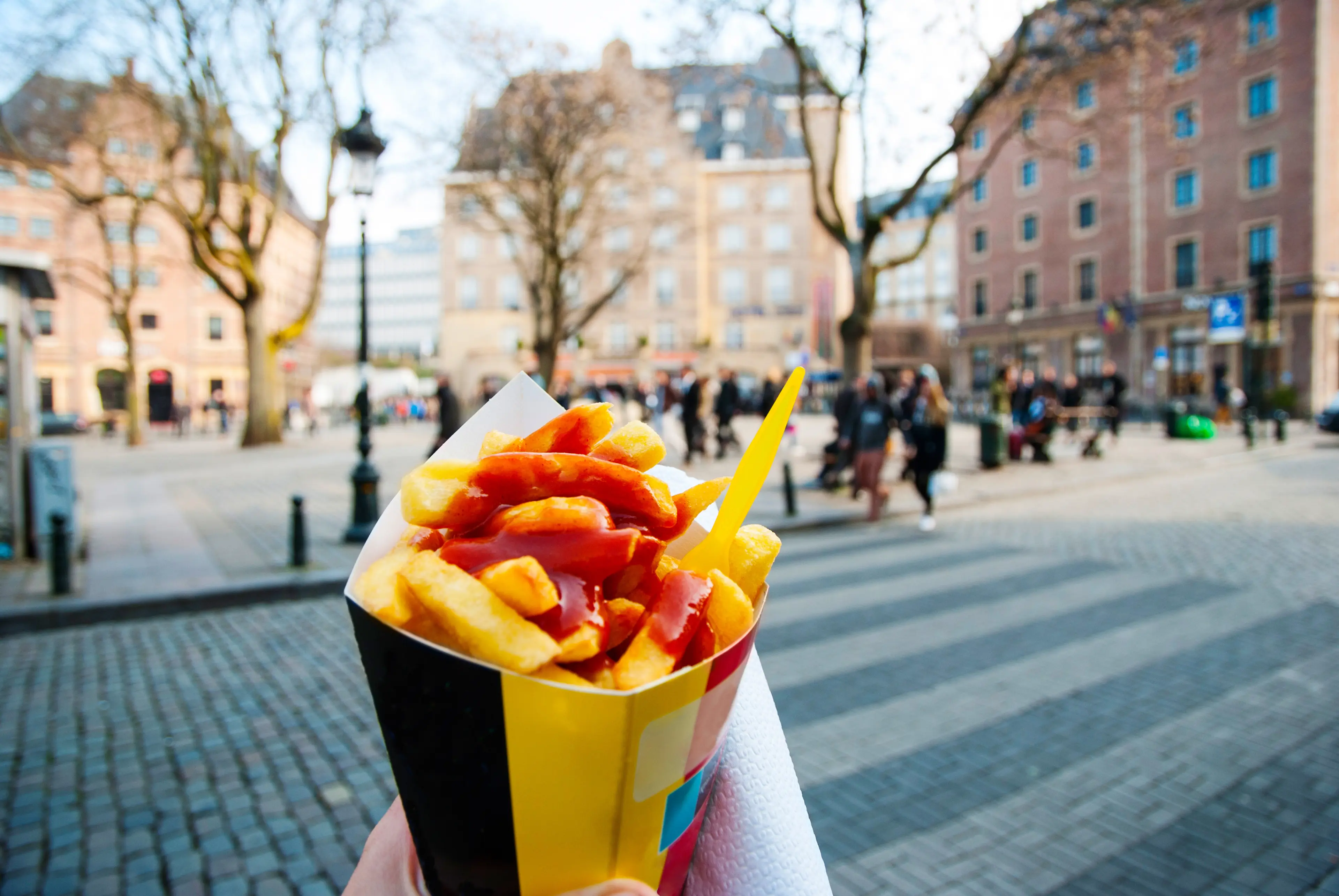
Belgian Fries
Belgian fries, or frites, are a popular snack in Brussels. They are typically double-fried, making them crispy on the outside and soft on the inside, and are often served with a variety of sauces.
Chicons au gratin
Chicons au gratin is a traditional Belgian dish made with endives wrapped in ham and covered with a rich cheese sauce. It's a hearty and comforting dish often enjoyed in Brussels.
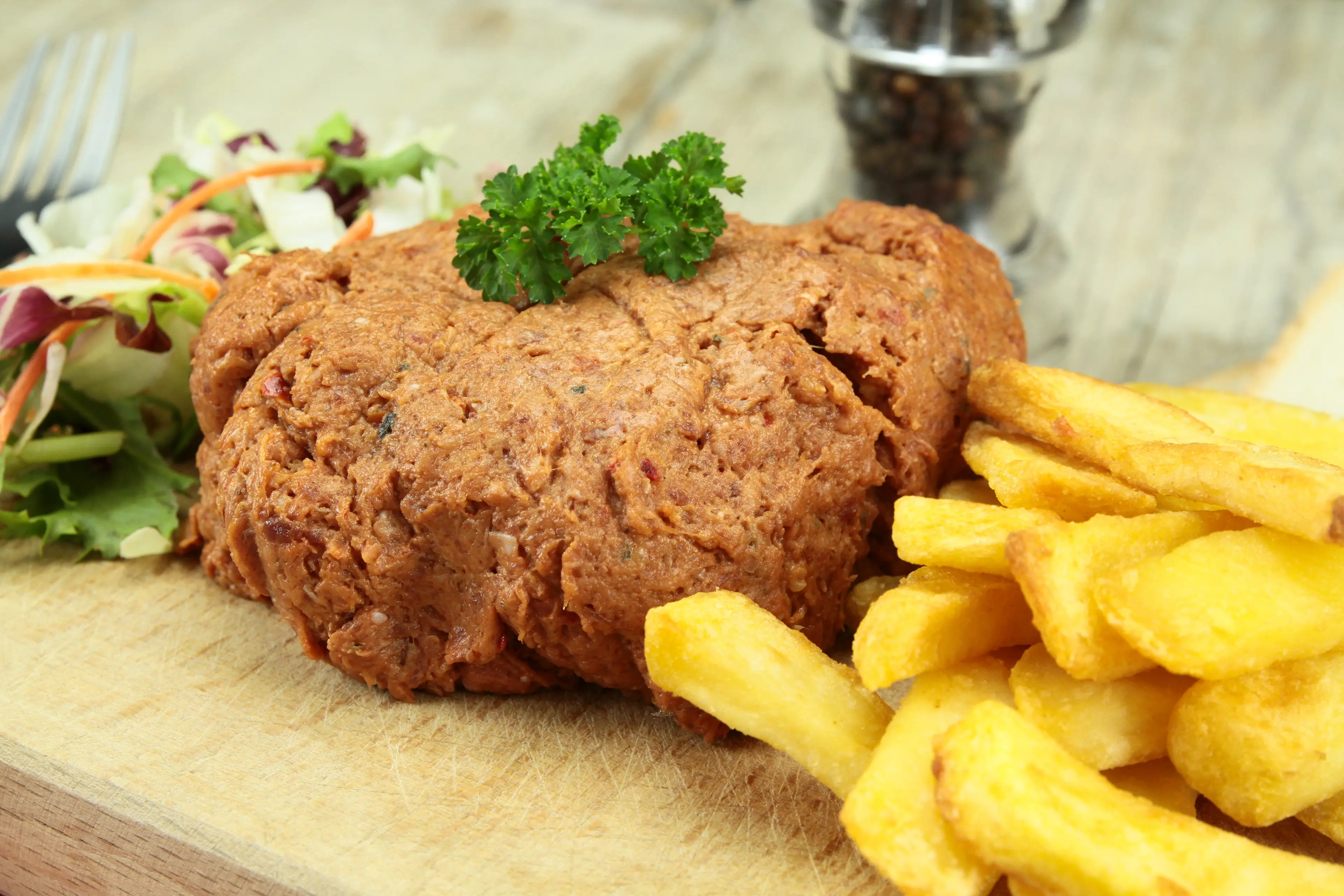
Filet Américain
Filet Américain is a Belgian dish similar to steak tartare. It's made with raw ground beef, seasoned with various spices and condiments, and often served with fries. It's a popular dish in Brussels.
Best time to visit
The best time to visit Brussels, Belgium is from late spring to early fall, specifically between April and October. During these months, the weather is generally mild and pleasant, perfect for outdoor activities and sightseeing. The city is particularly beautiful in July and August when the famous Flower Carpet event takes place at the Grand Place. However, these are also the busiest months with a high influx of tourists. If you prefer a less crowded period, consider visiting in April, May, September, or October. Keep in mind that Brussels has a reputation for being rainy, so don't forget to pack an umbrella or raincoat.
How to get around
Walk
Brussels is a compact city, and many of the main sights are within walking distance of each other. It's a great way to take in the city's beautiful architecture and vibrant street life.
Bike
Brussels has a well-developed network of bike lanes, and the city's Villo! bike-sharing scheme has stations all over the city. You can rent a bike for a short period or for the whole day.
Public Transport
Brussels has an extensive public transport system, including trams, buses, and the metro. The metro is the quickest way to get around, while trams and buses cover more ground. Tickets are valid across all modes of transport.
Taxi
Taxis are plentiful in Brussels and can be hailed on the street, booked by phone, or picked up from taxi ranks. They are metered and can be a convenient way to get around, especially if you're travelling with luggage.
Ridesharing
Ridesharing services like Uber are available in Brussels. This can be a convenient and often cheaper alternative to taxis. You'll need to download the app and have an internet connection to use this service.
Car Rental
Renting a car can be a good option if you're planning to explore the wider region around Brussels. However, traffic can be heavy and parking can be difficult and expensive in the city center.
Train
Brussels has an extensive train network, with frequent services to suburbs and other Belgian cities. The main stations are Brussels Central, Brussels Midi, and Brussels North.
Boat
Brussels is crisscrossed by a network of canals, and a boat tour can be a relaxing way to see the city. However, boats are more for sightseeing than getting from A to B.
Important information
Currency€ EUR
Time zoneUTC+1
Driving sideRight
Emergency phone112 (cell)/ 101
Drinking waterYes
Power sockets
Voltage230 V
Things to know about Brussels, Belgium as a first time visitor
1
Brussels is a bilingual city where both French and Dutch are official languages. However, English is also widely spoken.
2
The currency used in Brussels is the Euro (€). Credit cards are widely accepted, but it's always a good idea to carry some cash.
3
Tipping is not mandatory in Brussels, as service charge is usually included in the bill. However, it's customary to leave small change if you're satisfied with the service.
4
Public transportation in Brussels is efficient and reliable. It includes trams, buses, and metros. You can buy tickets at metro stations, newsstands, or directly from the bus or tram driver.
5
Brussels has a temperate oceanic climate. Summers (June to August) are generally warm with average high temperatures of 70-75°F (21-24°C), while winters (December to February) are usually mild with average high temperatures of 40-45°F (4-7°C).
6
Brussels is generally a safe city, but like any other major city, it's advisable to stay vigilant and take basic precautions, especially in crowded areas and at night.
7
Belgium operates on Central European Time (CET), which is 1 hour ahead of Coordinated Universal Time (UTC+1).
8
The standard voltage in Belgium is 230 V, and the frequency is 50 Hz. The power plugs and sockets are of type E.
9
Brussels is known for its culinary scene. Don't miss out on trying local specialties like moules-frites (mussels and fries), Belgian waffles, and Belgian chocolate.
10
Tap water in Brussels is safe to drink.
11
Brussels has a vibrant nightlife with a wide range of bars, clubs, and live music venues. The legal drinking age is 18.
12
Smoking is banned in all enclosed public places, including bars, restaurants, and public transportation.
13
Brussels has a well-developed healthcare system. However, it's recommended to have travel insurance that covers medical expenses.
14
The emergency phone number in Belgium is 112 for any type of emergency.
15
Brussels is a walkable city with many pedestrian zones. However, it's also a city of cobblestones, so comfortable shoes are a must.
16
Brussels is a city of comic strips. You can find comic strip murals on many buildings throughout the city.
17
The city is also known for its Art Nouveau architecture. You can see many beautiful buildings in this style just by walking around.
18
Brussels is home to the European Union's main institutions. While you can't visit them, it's interesting to see them from the outside.
19
Belgium is famous for its beer. There are hundreds of different types to try, from traditional Trappist beers to fruity lambics.
20
Shopping in Brussels is a unique experience. From high-end fashion boutiques to vintage stores and markets, there's something for everyone.
Basic Dutch, French to know as a first time visitor
English phrase | Native phrase | Pronunciation | When to use it |
|---|---|---|---|
Hello | Hallo | hah-lo | Greeting someone |
Goodbye | Vaarwel | vahr-well | Leaving someone |
Please | Alstublieft | ahl-stoo-bleeft | Making a request |
Thank you | Dank u | dahnk oo | Expressing gratitude |
Yes | Ja | yah | Agreeing with someone |
No | Nee | nay | Disagreeing with someone |
Excuse me | Excuseer me | ex-koo-see-er me | Getting someone's attention |
I'm sorry | Het spijt me | het spyt me | Apologizing |
Do you speak English? | Spreekt u Engels? | sprekt oo eng-els? | Asking if someone speaks English |
I don't understand | Ik begrijp het niet | ick be-grayp het neet | Expressing confusion |
Where is...? | Waar is...? | vahr is...? | Asking for directions |
Bathroom | Badkamer | bahd-kah-mer | Looking for a bathroom |
Help | Help | help | In case of emergency |
Food | Eten | ay-ten | Looking for a place to eat |
Water | Water | vah-ter | Asking for water |
Beer | Bier | beer | Ordering a beer |
Wine | Wijn | vayn | Ordering wine |
How much? | Hoeveel? | hoo-veel? | Asking for the price |
Train station | Treinstation | trayn-stah-see-on | Looking for a train station |
Hotel | Hotel | ho-tel | Looking for a hotel |
Packing List
Clothing
Underwear
Socks
T-shirts
Pants/Jeans
Comfortable walking shoes
Sweater or Jacket
Pajamas
Scarf, gloves and hat (if in winter)
Raincoat or umbrella
Toiletries
Toothbrush and toothpaste
Shampoo and conditioner
Body wash or soap
Deodorant
Razor and shaving cream
Makeup and makeup remover
Hairbrush or comb
Prescription medications
First aid kit
Sunscreen
Travel documents and essentials
Passport or ID
Airline tickets
Hotel reservation confirmations
Travel insurance documents
Credit and debit cards
Cash in local currency
Guidebook or map
Emergency contacts and addresses
Electronics and gadgets
Smartphone
Charger for smartphone
Headphones
Camera
Charger for camera
Power adapter or converter
Portable power bank
Miscellaneous items
Snacks
Water bottle
Travel pillow and blanket
Books or magazines
Travel-sized laundry detergent
Ziplock bags
Tissues or wet wipes
Pen and notebook
Weather Conditions
Brussels, Belgium, is known for its temperate maritime climate, which means the city experiences mild summers and cool winters. However, the weather can be quite unpredictable, so it's always a good idea to be prepared for a variety of conditions. In the summer months, from June to August, temperatures typically range from 60°F to 70°F (15°C to 21°C). It's generally warm and pleasant, but there can be occasional heatwaves, so it's advisable to pack light clothing, but also include a light jacket or sweater for cooler evenings. Autumn, from September to November, sees temperatures drop to between 45°F and 60°F (7°C to 15°C). The city becomes quite rainy during this period, so don't forget to pack a raincoat or umbrella. Winter, from December to February, can be quite chilly with temperatures ranging from 32°F to 45°F (0°C to 7°C). Snowfall is not uncommon, but it doesn't usually stick around for long. Warm clothing, including a heavy coat, gloves, and a hat, is essential during this time. Spring, from March to May, is a beautiful time to visit Brussels. Temperatures range from 40°F to 60°F (4°C to 15°C), and the city starts to bloom. Pack layers to accommodate the fluctuating temperatures. Remember, Brussels is known for its frequent rainfall throughout the year, so a waterproof jacket or umbrella should be a staple in your suitcase no matter when you visit. Also, comfortable walking shoes are a must as the city is best explored on foot. Lastly, always check the weather forecast before your trip to ensure you're packing appropriately for the current conditions. Enjoy your visit to this charming city!
| Month | Hi / Lo (°C) | Weather Overview |
|---|---|---|
January | 6° / 1° | January is the coldest month in Brussels, with temperatures often dropping to freezing. It's also one of the wettest months, so pack warm and waterproof clothing. |
February | 7° / 1° | February is still quite cold, with temperatures slightly higher than January. Snow is less likely, but rain is still common. |
March | 11° / 3° | March sees the start of spring, with temperatures slowly rising. However, it's still quite chilly, especially in the evenings. |
April | 15° / 5° | April is a pleasant month with moderate temperatures. Rain is common, so pack an umbrella. |
May | 18° / 8° | May is a lovely month to visit Brussels, with warmer temperatures and longer days. However, it can still be quite rainy. |
June | 21° / 11° | June is the start of summer, with temperatures often reaching the low 20s. It's a great time to explore the city's parks and outdoor attractions. |
July | 23° / 13° | July is the warmest month in Brussels, with temperatures often reaching the mid-20s. It's a great time to visit, but it can be quite busy with tourists. |
August | 23° / 13° | August is similar to July, with warm temperatures and plenty of sunshine. It's a great time to enjoy the city's outdoor cafes and beer gardens. |
September | 20° / 10° | September sees the start of autumn, with temperatures slowly dropping. However, it's still quite warm, especially in the early part of the month. |
October | 14° / 8° | October is a cooler month, with temperatures often dropping to single digits. It's a great time to visit if you prefer cooler weather. |
November | 10° / 4° | November is quite chilly, with temperatures often dropping to single digits. It's also one of the wettest months, so pack warm and waterproof clothing. |
December | 7° / 2° | December is a cold and wet month, with temperatures often dropping to freezing. However, the city's Christmas markets make it a magical time to visit. |
Did you know?
Places near by Brussels, Belgium
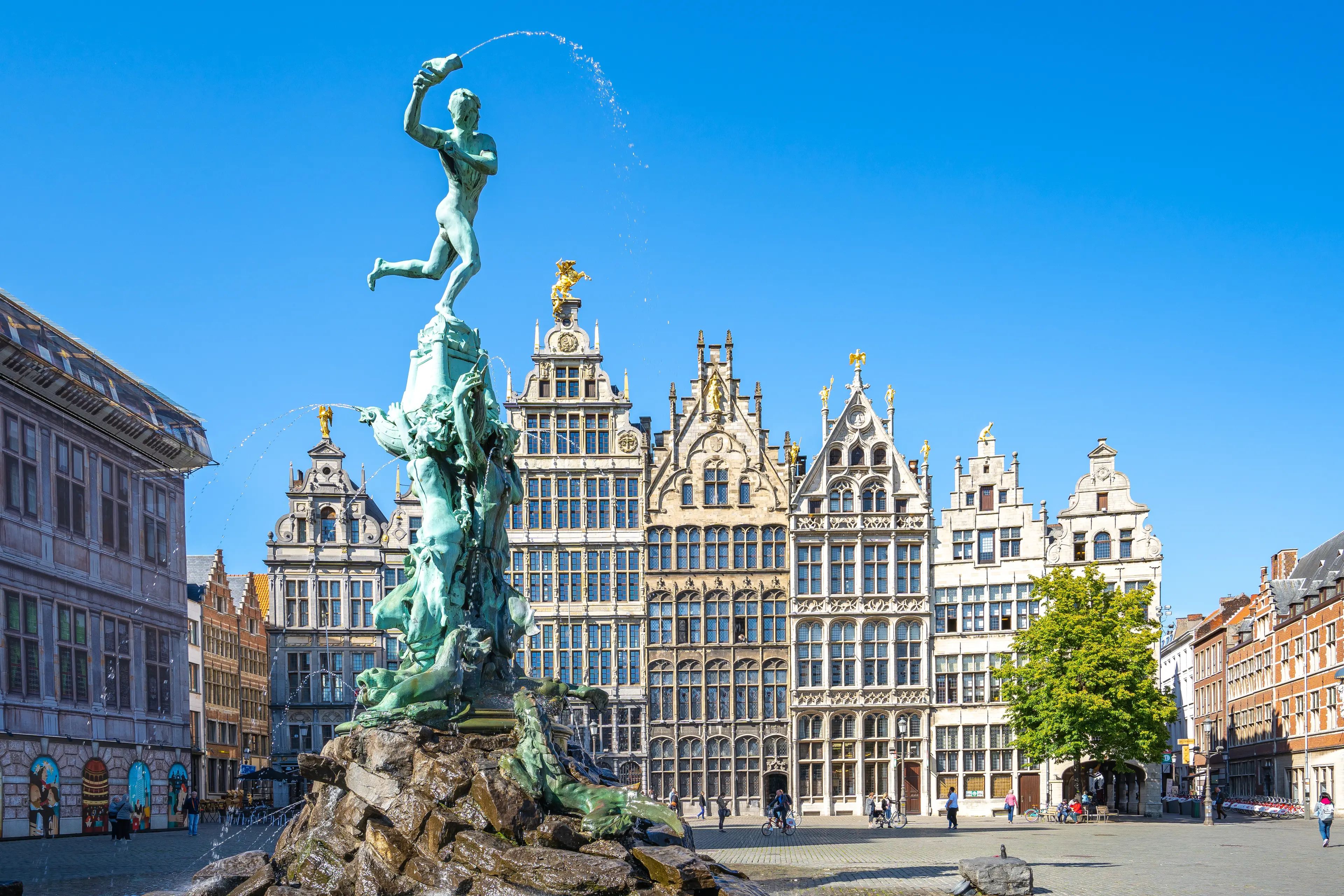
Antwerp
Known for its Diamond District and the artist Rubens, Antwerp is a city with a rich history and culture.
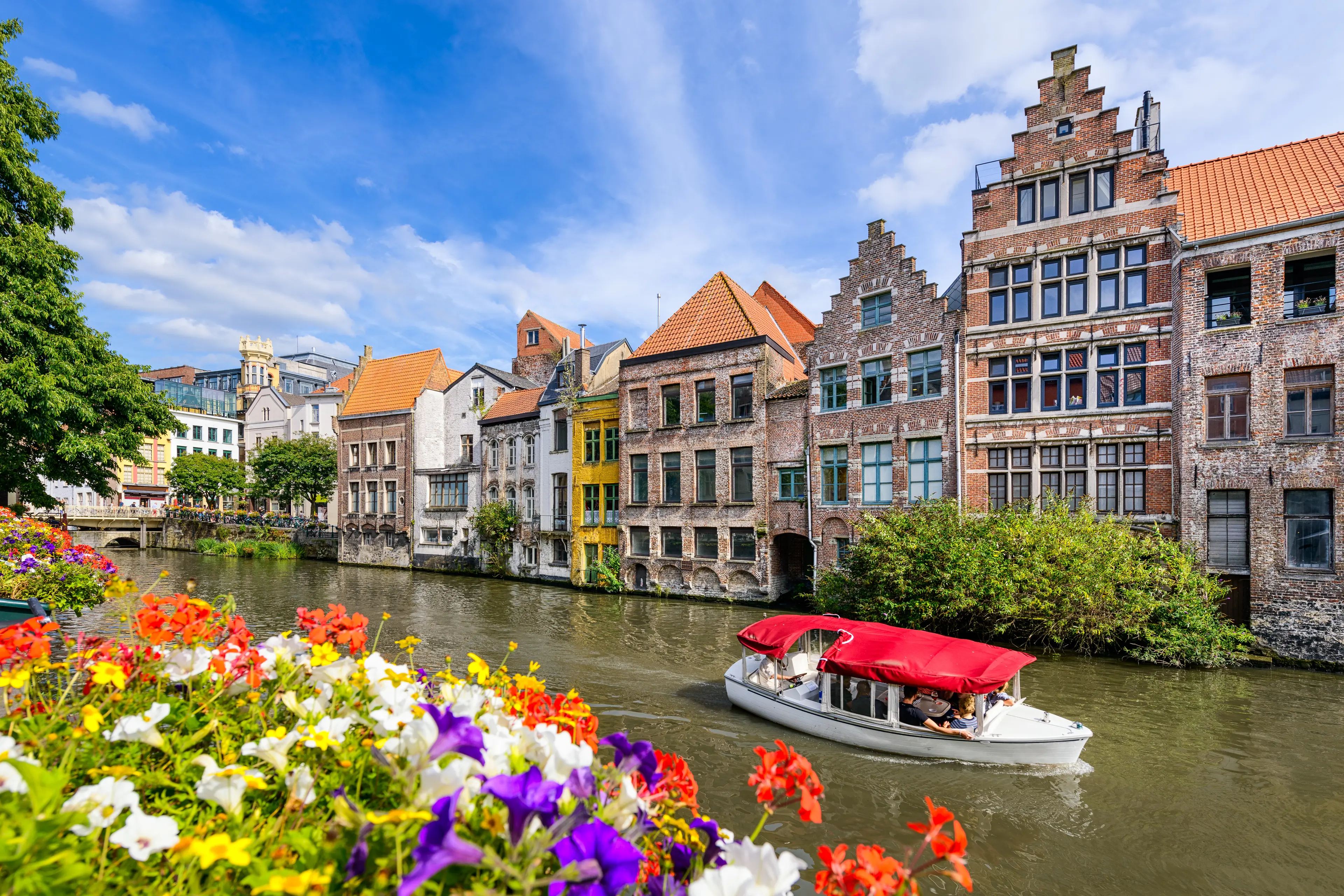
Ghent
A city of history, Ghent houses a number of museums and historical buildings, including the Saint Bavo's Cathedral.
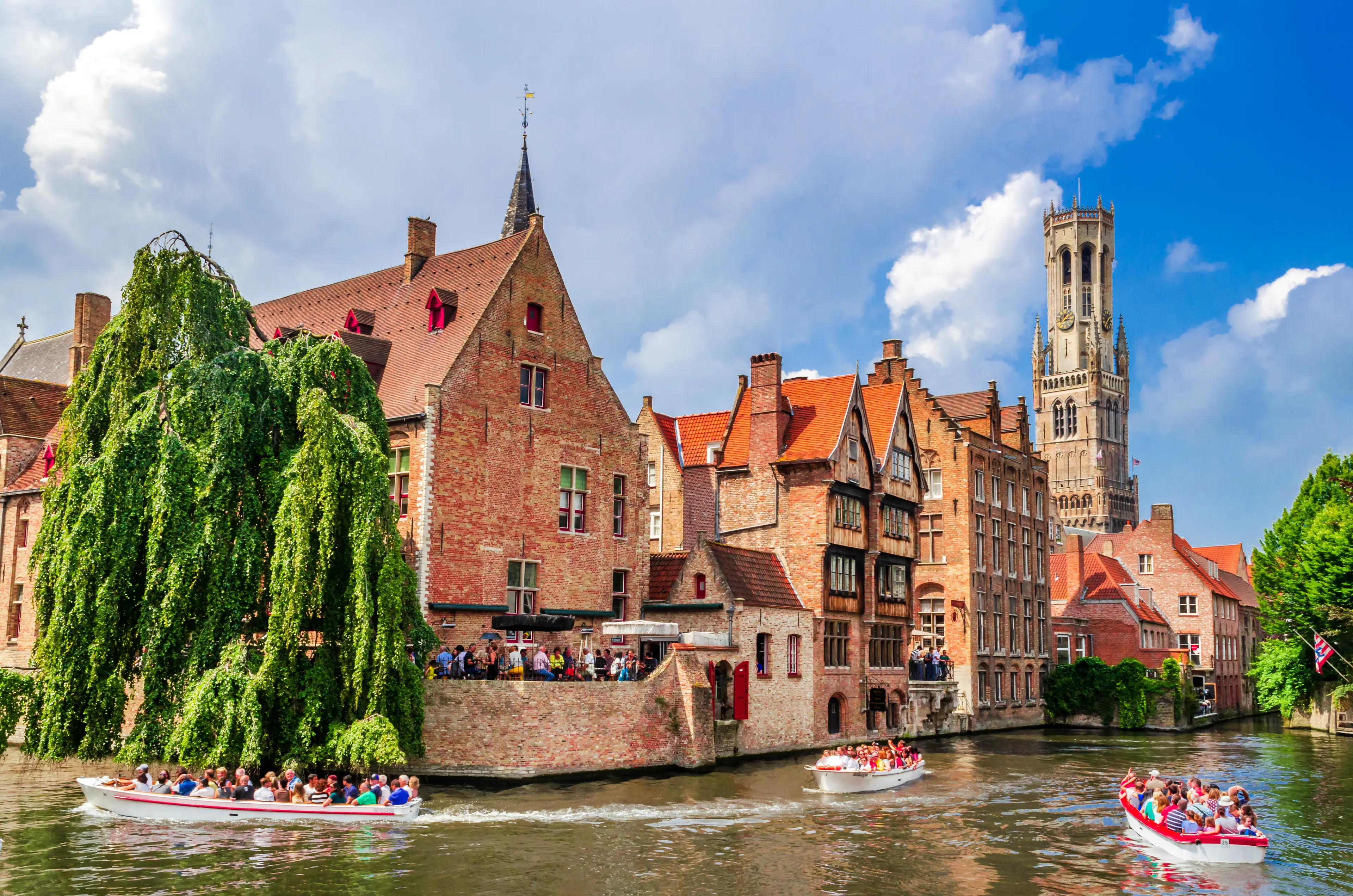
Bruges
Bruges is a city that still retains its medieval architecture. It's known for its canals, cobbled streets and medieval buildings.
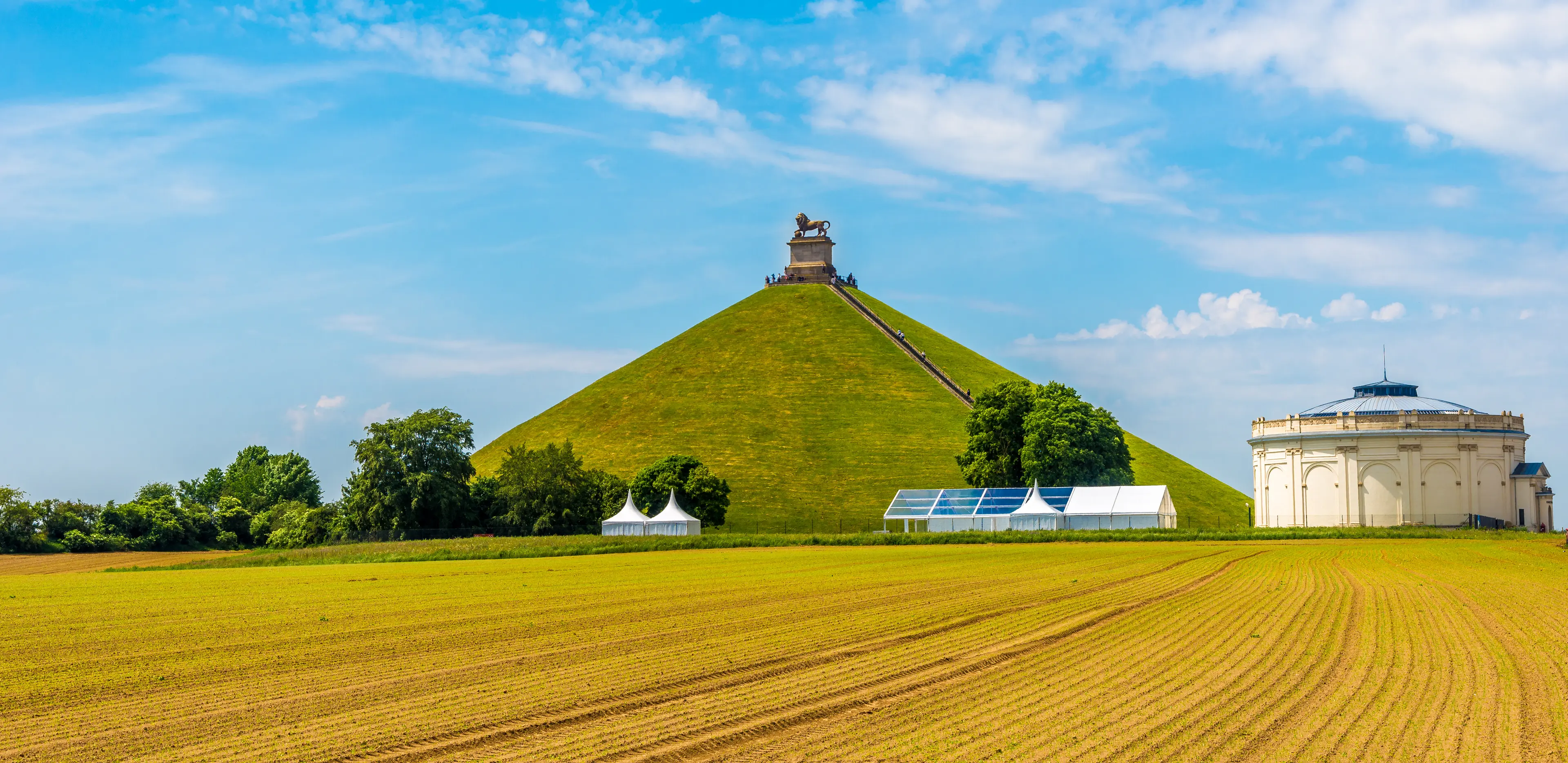
Waterloo
Famous for the Battle of Waterloo, this town offers a rich historical experience with its battlefield tours and exhibits.
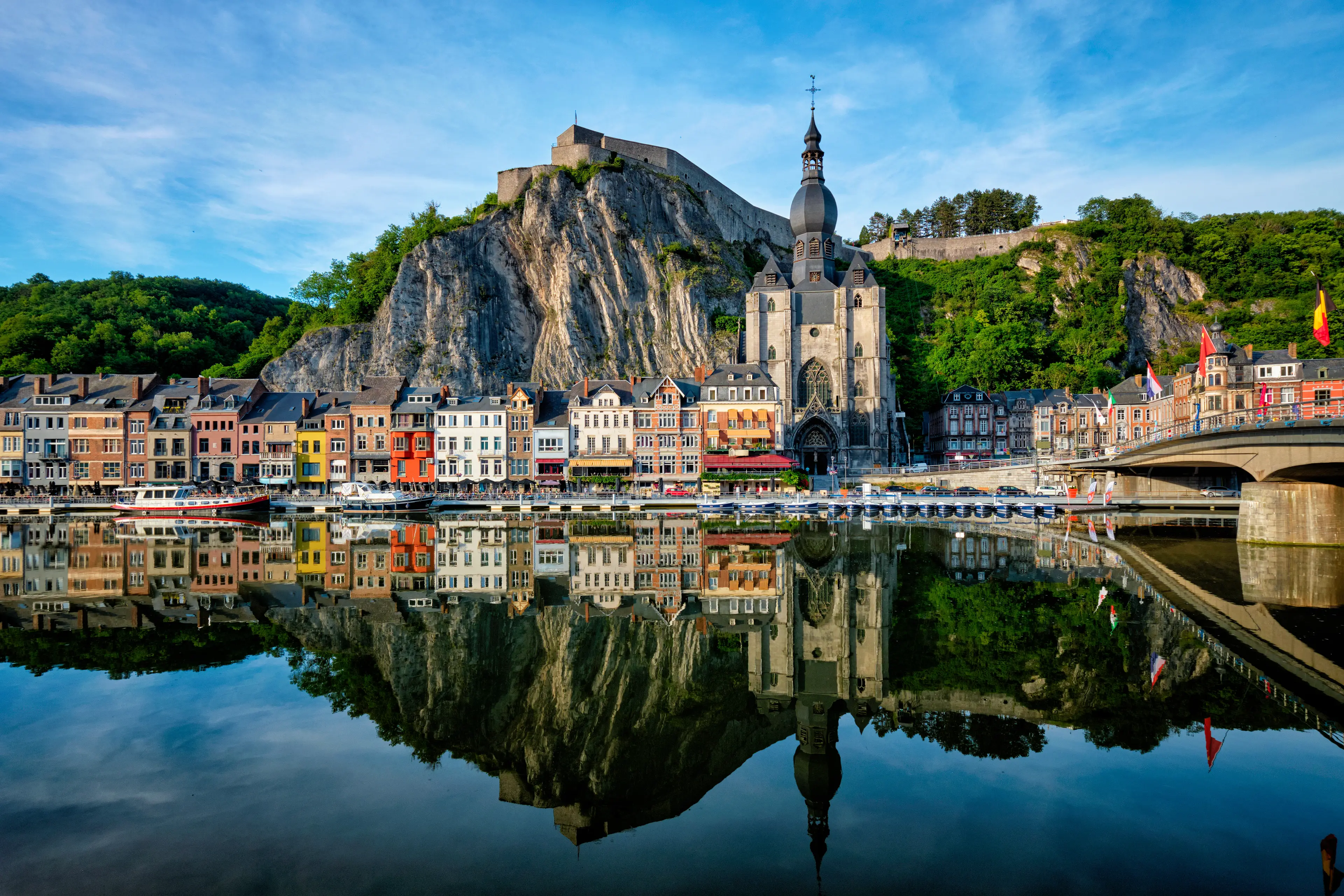
Namur
Namur is the capital of Wallonia, known for its baroque cathedral, ancient fortress, and charming old town.
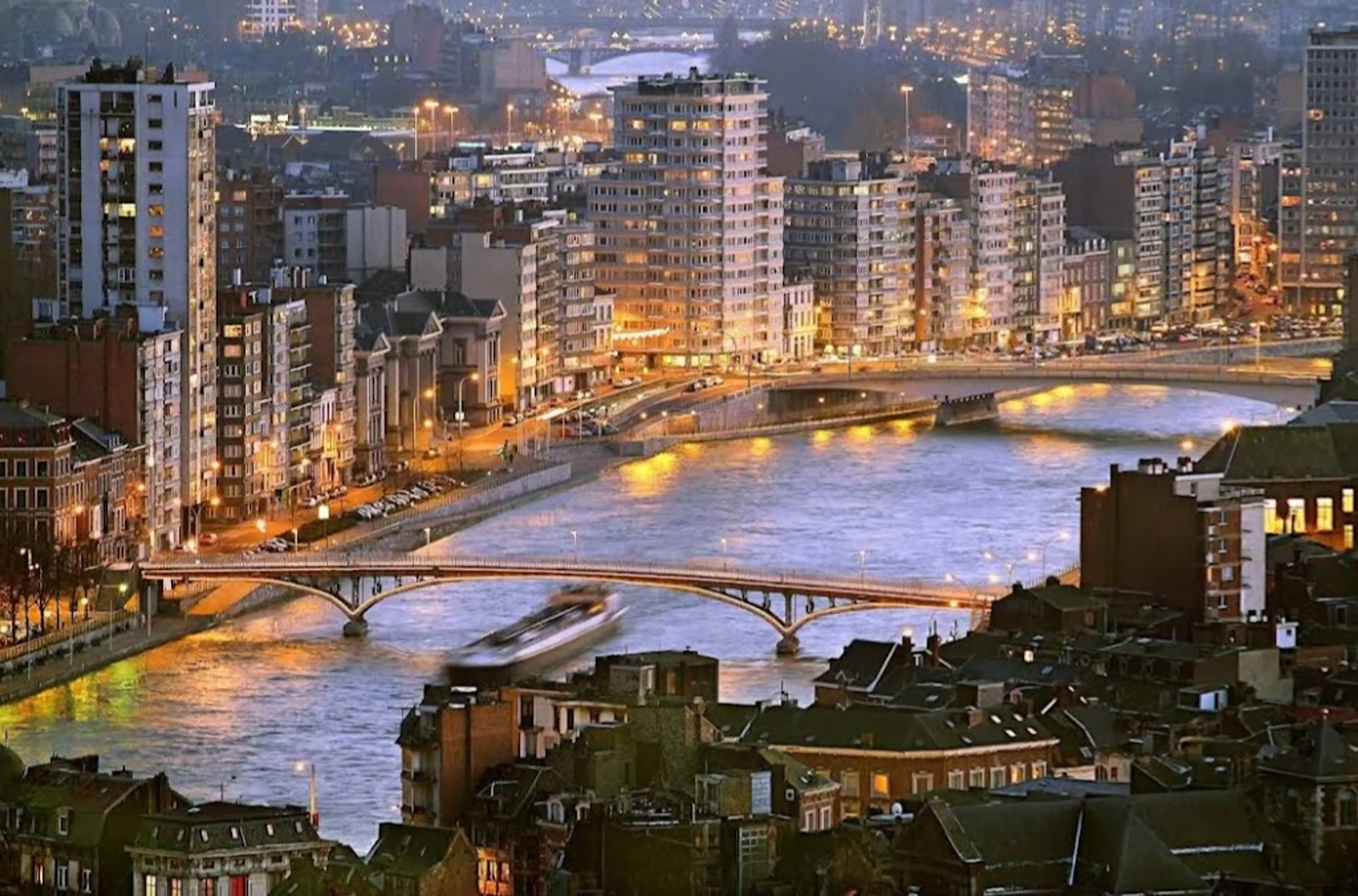
Liege
Liege is a vibrant city known for its lively nightlife, interesting museums, and beautiful architecture.
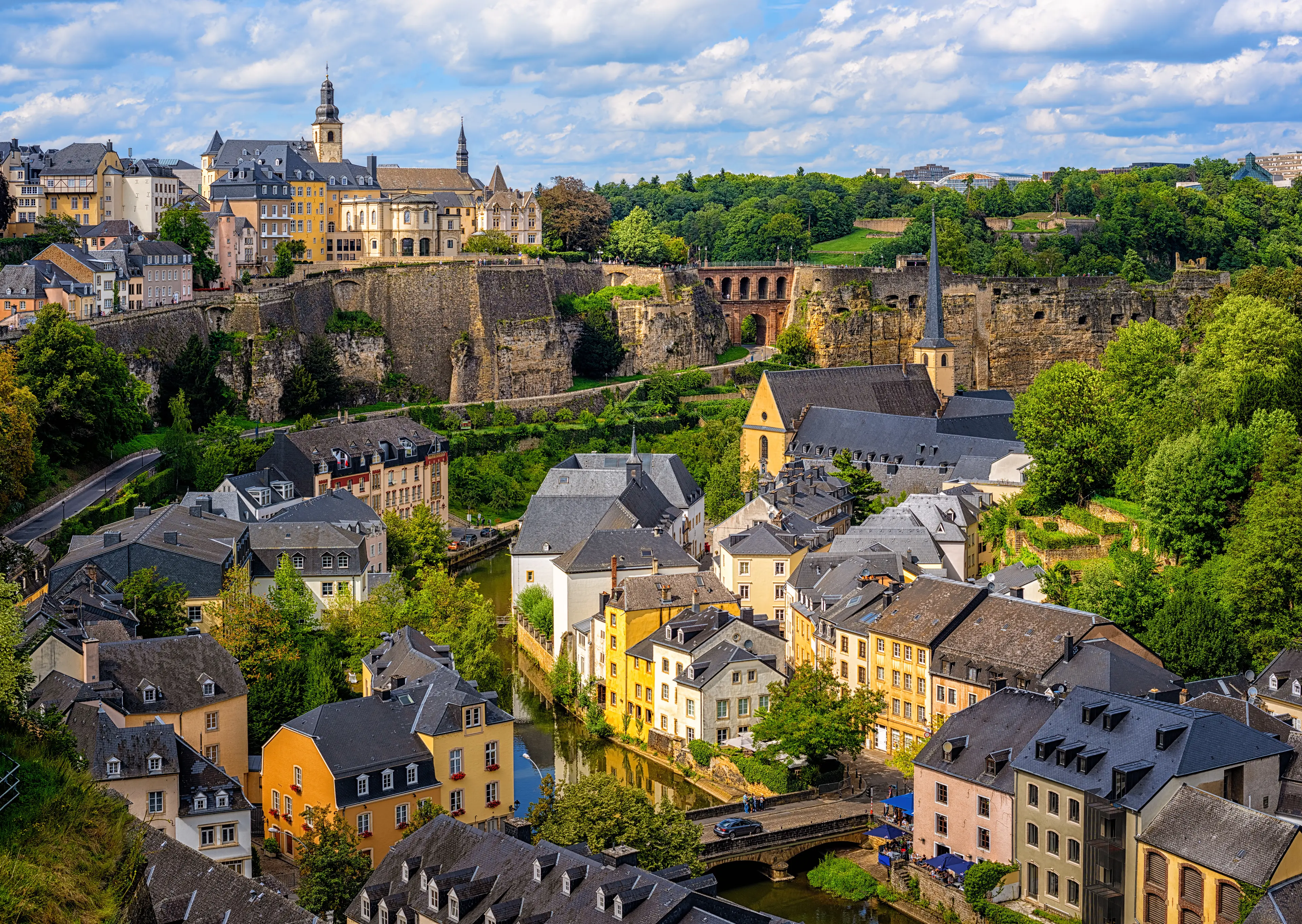
Luxembourg City
Luxembourg City is a charming city known for its well-preserved medieval fortifications and beautiful old town.
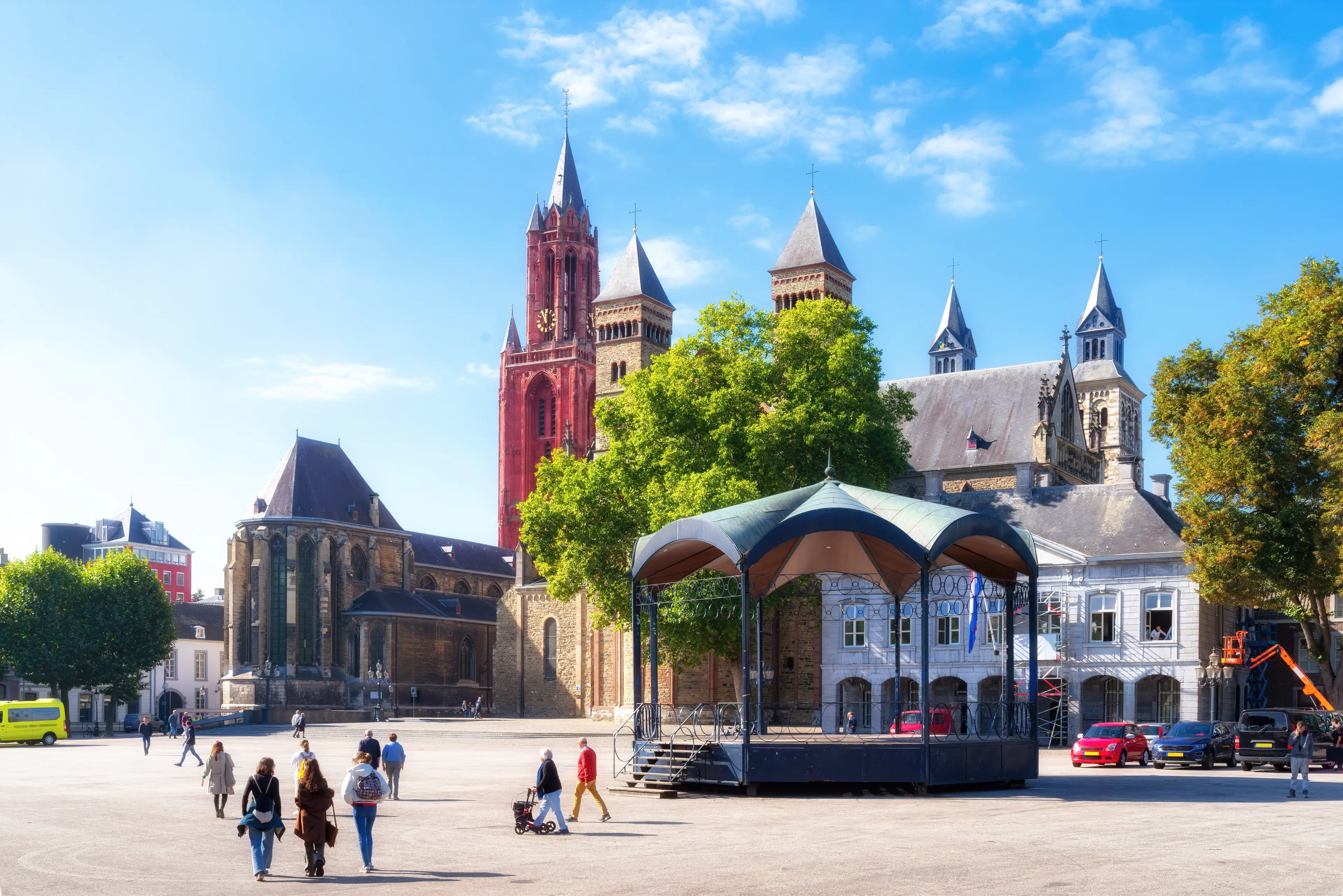
Maastricht
Maastricht is a city in the Netherlands known for its vibrant culture, rich history, and beautiful architecture.

Rotterdam
Rotterdam is known for its modern architecture, lively cultural scene, and maritime heritage.
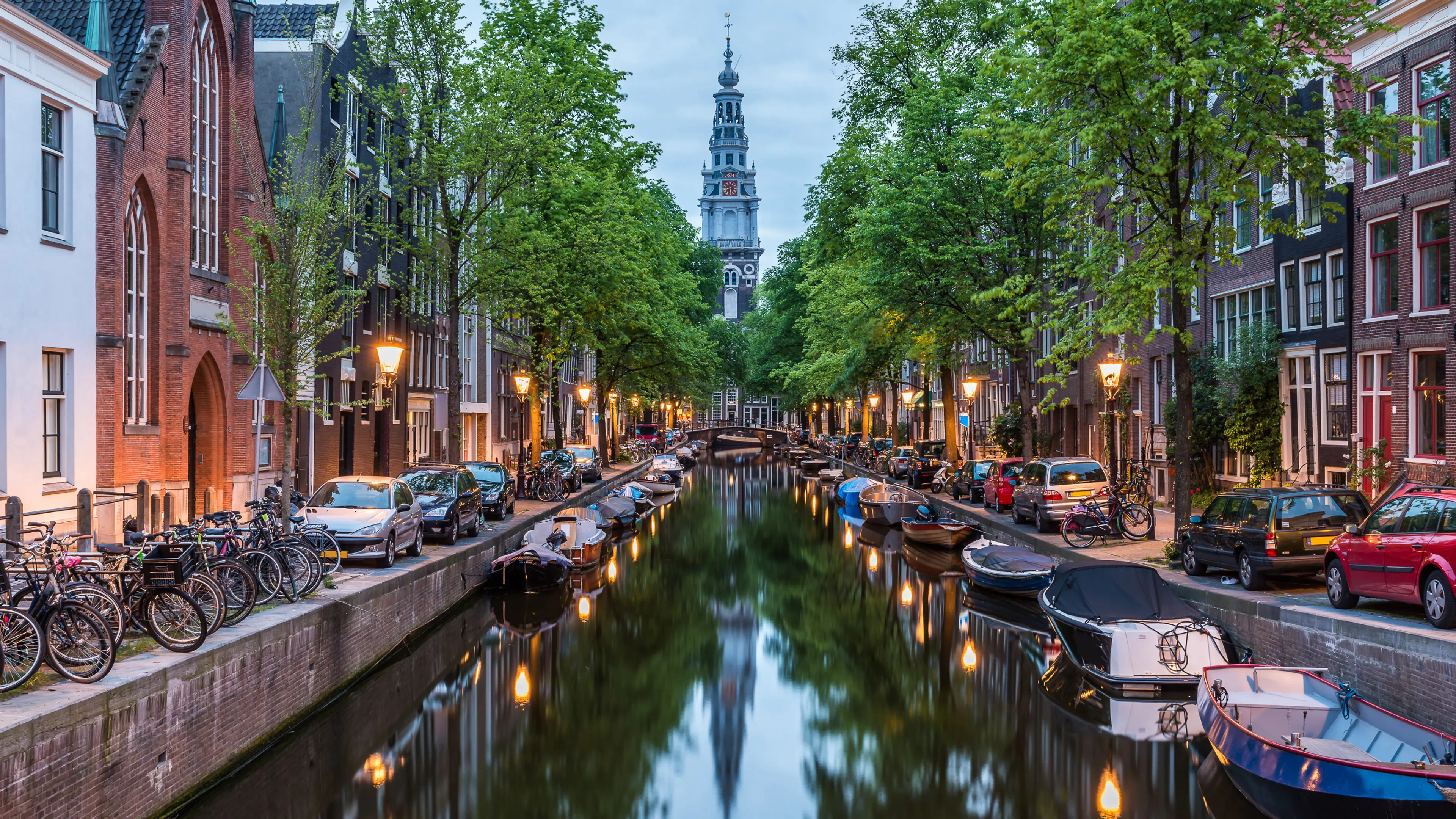
Amsterdam
Amsterdam is known for its artistic heritage, elaborate canal system, and narrow houses with gabled facades.
